
MCP + Memgraph: Building a Reliable RAG Pipeline
Learn how Model Context Protocol improves Cypher generation, reduces silent query failures, and boosts Q&A accuracy on graph datasets using multi-hop reasoning.

Memgraph MCP Experimental Server: Elicitation and Sampling Explained
Explore how Memgraph’s experimental MCP server uses elicitation and sampling to enable interactive, LLM-powered Cypher optimization and GraphRAG workflows.

Inside the Memgraph MCP Client: Interoperable Graph Context in Action
Missed our MCP Community Call? Here is a clear breakdown of why MCP matters, how Memgraph Lab works as an MCP Client, and what multi server agent workflows look like in practice.

Pushing MCP Forward: What’s New in the Memgraph MCP Server
See how Memgraph is advancing its MCP Server with a modular architecture, experimental features, vector search tools, and developer-friendly installation paths.

From SQL to Graph: 5 Questions to Ask Before You Get Started
Before moving from SQL to graph, get clear on modeling, automation, syncing, and LLM choices. A practical breakdown of SQL2Graph best practices.

Meet the MCP Client in Memgraph Lab: Interoperability at the Core of AI Workflows
Discover the new MCP Client in Memgraph Lab to connect Memgraph with other MCP servers like Stripe directly from your workspace.
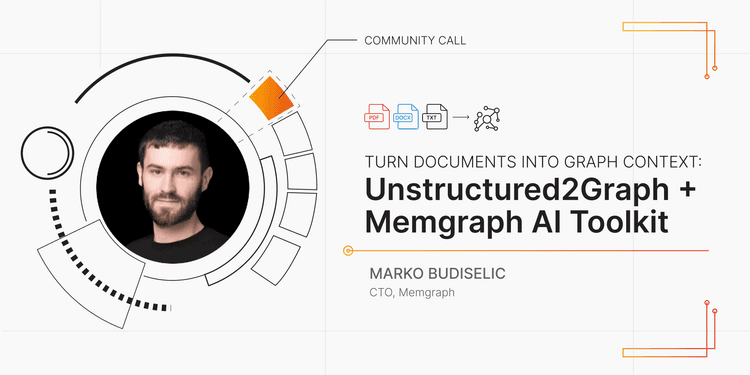
From Unstructured Data to Entity Graph: 5 Questions to Ask Before You Get Started
Unstructured2Graph helps convert documents into live, queryable entity graphs. This guide walks through five technical decisions that shape accuracy, performance, and scalability.

Welcome SQL2Graph + Unstructured2Graph: Your New RAG Tools in Memgraph’s AI Toolkit
Introducing the all-new SQL2Graph and Unstructured2Graph RAG tools that make it easier to convert structured or unstructured data into graph-ready knowledge.

How to Use SQL2Graph Agentic Migration Tool: A Step-by-Step Guide
Follow this simple guide to convert your relational data to graph using SQL2Graph RAG tool and quickly get started with your GraphRAG workflows.

Introducing HyGM: The Agentic Graph Modeling Framework Powering SQL2Graph
Learn how HyGM, Memgraph’s Hypothetical Graph Modeling framework, powers SQL2Graph migration agent by enabling iterative graph model generation.

Embeddings in GraphRAG: How Memgraph Computes and Scales Them
Explore what embeddings are, why they matter for GraphRAG systems, and how Memgraph handles them efficiently to support scalable, real-time reasoning.

SQL2Graph Agentic Migration: From Relational Thinking to Graph Reasoning
Learn all about why SQL2Graph RAG Tool, as part of Memgraph’s AI Toolkit was created and how it is powered by HyGM

Building Entity Graphs: From Unstructured Text to Graphs in Minutes
Learn all about Unstructured2Graph RAG tool, just released as part of the Memgraph AI Toolkit, to convert unstructured text into an entity graph in minutes.

From Documents to Knowledge Graphs: How to Use Unstructured2Graph RAG Tool
Follow this simple guide to convert your relational data to graph using Unstructured2Graph RAG Tool and quickly get started with your GraphRAG workflows.

Text Search in Memgraph: Discovering Meaning Within Your Graph Data
Discover how Memgraph’s built-in text search powered by Tantivy brings meaning to your graph data by combining full-text retrieval with graph context.
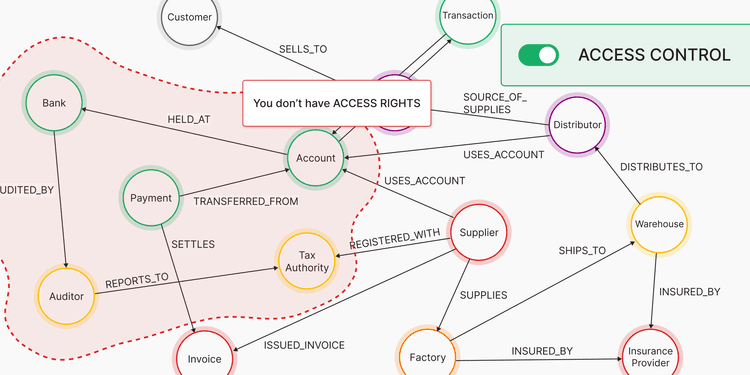
Cutting the Noise: Making GraphRAG Work with Massive Enterprise Schemas
Massive schemas drown LLMs in data. See how GraphRAG and Memgraph’s access controls keep models sharp, focused, and grounded in truth.
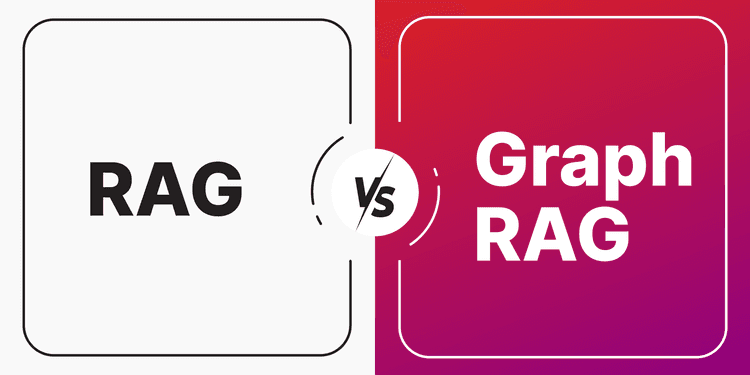
RAG vs GraphRAG: Shared Goal & Key Differences
From semantic similarity to graph reasoning, understand how GraphRAG evolves RAG into a connected context engine for smarter retrieval.
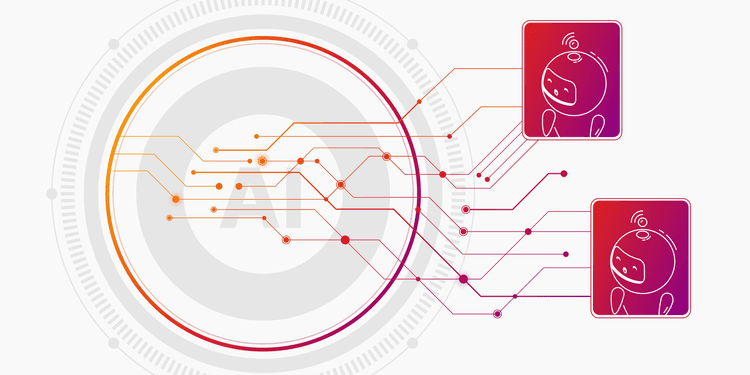
What Is GraphRAG? A Guide to Connected Context
Move beyond basic RAG. See how GraphRAG combines graph reasoning and semantic search to deliver grounded, conext-driven LLM responses.

What is RAG? Why It Matters & Where It Falls Short
Let’s do deep dive into what exactly is retrieval augmented generation (RAG), how is it improving LLMs and what are its shortfalls.

How GraphRAG Brings Context to Health Information Management
See how GraphRAG unify fragmented healthcare data by mapping patient, provider, and research relationships into a connected graph for better insights.

From RAG to Graphs: How Cognee is Building Self-Improving AI Memory
RAG systems fail 40% of the time. See how Cognee’s memory-first design with knowledge graphs raises reliability to production standards.

Clinical Trials Without Delays: GraphRAG Optimization in Action
Discover how GraphRAG-powered applications optimize clinical trials by integrating patient data, streamlining recruitment, improving retention, and predicting outcomes.

Why Graphs Are a Natural Fit for Wrestling Data
From weight communities to influence maps with PageRank, discover how graph databases reveal wrestling insights.

How Can GraphRAG Speed Up Drug Discovery and Safety
Discover how GraphRAG accelerates drug discovery by modeling drug interactions, and uncovering repurposing opportunities.

How Can GraphRAG Improve Personalized Patient Care
See how GraphRAG makes personalized patient care possible. Learn how graphs model health data, apply algorithms, and deliver real results in Type 2 diabetes care.

Why Memgraph Is Betting Big on LPGs (and Why RDF Can’t Keep Up)
LPGs vs. RDF? Memgraph backs LPGs for speed, flexibility, and sanity. And tops it of with deep path traversals.

Cybersecurity Needs Context. GraphRAG Delivers It.
See how GraphRAG brings real-time context to cybersecurity. Go beyond alerts with graph-powered AI that explains, detects, and responds.

Inside SynaLinks: How Knowledge Graphs Power Neuro-Symbolic AI
Learn how neurosymbolic frameworks and knowledge graphs are the key to bring structure, context, and flexibility to LLM-powered systems.

Control, Flexibilty and Smarter Queries: What's New in Memgraph 3.5
Upgrade to Memgraph 3.5 for stronger data safety, smarter Cypher queries, new Lab schema tools, and improved high-availability controls.

HybridRAG and Why Combine Vector Embeddings with Knowledge Graphs for RAG?
Discover how HybridRAG combines vector embeddings and knowledge graphs for smarter Retrieval-Augmented Generation (RAG)

GraphRAG for Devs: Graph-Code Demo Overview
Learn why GraphRAG matters for developers, and how Graph-Code creates a “bird’s-eye view” of your repository to boost navigation, queries, and edits.

Building Skygraph: A Google Flights-like App with Memgraph and Cypher
Analyzing European flight routes from August 4th to August 10th 2025 with graph analysis.

From Raw to Graph: 3 Essential Steps to Load Your Data into Memgraph
Starting a graph project with Memgraph? This hands-on guide covers how to prepare your data, build your graph model, and import it the right way.

Start Smart: 15 Questions to Ask Before Building a Knowledge Graph
Building a knowledge graph? Start here. Ask these 15 practical questions to avoid common pitfalls and design with confidence.

4 Real-World Success Stories Where GraphRAG Beats Standard RAG
From healthcare breakthroughs to enterprise-ready chatbots, Explore 4 powerful success stories where GraphRAG outperforms standard RAG.

From Edge Vector Indexing to LLM Models: What’s New in Memgraph 3.4
Get tighter performance control and more flexibility in your graph projects with Memgraph 3.4.0. Now with edge vector search, expanded LLM Model support, and more.

Relational to Graph: Your Guide to Graph Thinking
Relational thinker curious about graphs? Explore the shift from tables to nodes and relationships, with practical insights and Cypher examples.

Stop the Next Breach: Cyber Graphs for Post-Incident Network Monitoring
Discover why traditional logs fall short and how graphs uncover the full story of lateral movement during a cyber attack.

Preventing Cyber Attacks: Why Vulnerability Management Needs Graphs
Discover how graph technology helps cybersecurity teams map connections between vulnerabilities and stop attack paths before they’re exploited.

What's The Role of Graph-Powered IAM Analysis in Cybersecurity
Understand the critical role of graph-powered Identity & Access Management (IAM) analysis in preventing cybersecurity breaches and visualizing complex access rights.

Tracing Cyber Threats Through Fraud and Anomaly Graph Patterns
Learn how graph databases enhance fraud and anomaly detection by uncovering hidden links across accounts, devices, and behaviors.

Why Cyber Threat Intelligence Needs a Graph
From scattered signals to actionable insight, see how graph-powered threat intelligence gives security teams an edge.

RAG and Why Do You Need a Graph Database in Your Stack?
Why graph databases are key to powering accurate, real-time RAG systems with LLMs and complex, connected data.

Cognee + Memgraph: How To Build An Intelligent Knowledge Graph Using Hacker News Data
Discover how to convert unstructured Hacker News content into structured, searchable insights using Memgraph’s graph database and Cognee’s AI-powered memory engine.

End-to-End Agents over Graphs with Memgraph’s AI Toolkit, LangGraph & MCP
Learn how to u Memgraph’s AI Toolkit with LangGraph and MCP to build agents that think, act, and query over graphs dynamically.

Memgraph AI Toolkit: A Codebase for Graph-Powered Applications
Discover the Memgraph AI Toolkit, an open-source Cypher-first codebase to build graph-powered AI apps using LLM agents, vector search, and GraphRAG techniques.

Cypher Generation vs Tool Invocation: Designing Reliable AI for Graph Databases
Cypher generation vs tool invocation: which is better for building reliable graph-based AI assistants? Get the breakdown.

Why Knowledge Graphs Are the Ideal Structure for LLM Personalization
Find out why knowledge graphs are key to personalizing LLMs, improving context, relevance, and real-time insights with GraphRAG.

G.V() + Memgraph: Query, Visualize, Explore
Connect Memgraph to G.V() to run Cypher queries, explore graph data visually, and manage your schema easily in one interactive interface.

Fine-Tuning LLMs vs. RAG: How to Solve LLM Limitations
Compare fine-tuning vs. RAG to overcome LLM limitations and make enterprise data accessible, dynamic, and useful.

Multi-Tenancy in Graph Databases and Why Should You Care?
Multi-tenancy and why it matters, trade-offs, and how Memgraph handles it without breaking your graph.

Options for Building GraphRAG: Frameworks, Graph Databases, and Tools
Discussing the best tools, databases, and frameworks to build a powerful GraphRAG system with real-time, relevant insights.

GraphQL vs REST API: Which is a Natural Fit for Graph Databases?
Explore the key differences between GraphQL and REST APIs and discover why GraphQL is a natural fit for graph databases like Memgraph.

RAG isn’t dead. It’s just getting started.
Here’s what our CEO thinks about RAG and how it’s changing

Introducing KNIME Extension: Low-Code Graph Analysis is here
Learn how to use KNIME with Memgraph to run Cypher queries, build graph models, and analyse connected data using KNIME's low code environment.

Introducing Updated LangChain Integration and Memgraph Toolkit for Agents
We added a support for Memgraph toolkit, to build agentic application with LangGraph and Memgraph.

Introducing the Memgraph MCP Server
We're excited to introduce the Memgraph MCP Server, a lightweight server implementation of the Model Context Protocol (MCP) designed to connect Memgraph with LLMs.

LLM Limitations: Why Can’t You Query Your Enterprise Knowledge with Just an LLM?
Why LLMs like ChatGPT can't query enterprise data and how RAG adds context to make them work for your business.

How Do LLMs Work?
How LLMs work, their limits with enterprise data, and why tools like RAG and fine-tuning help fill the gaps.

How To Do GraphRAG with DeepSeek
How FI Consulting built a scalable RAG system with Memgraph and DeepSeek—no GPU overkill, no LLM hallucinations.

How To Build Agentic GraphRAG?
Ditch rigid GraphRAG pipelines—build an AI-powered agent that picks the right tool for every query. Powered by Memgraph 3.0.

Graph Databases in Energy Management: How Volue Transformed the Power Grid with Memgraph
How Volue optimized power grid management with Memgraph’s real-time graph analytics—faster queries, better insights, smarter energy use.

How To Build Interactive Dashboards to Optimize Efficiency with Memgraph
RJ Visser built interactive dashboards with Memgraph to query linked data and integrate Python tools for efficiency.

Decoding Vector Search: The Secret Sauce Behind Smarter Data Retrieval
How to optimize semantic queries, handle high-dimensional embeddings, and query unstructured data efficiently.
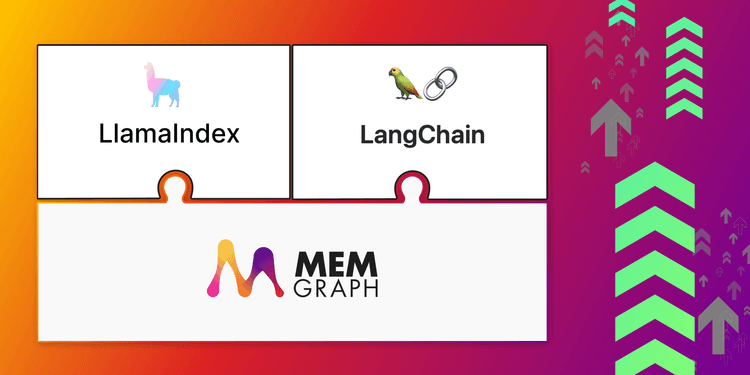
Improved Knowledge Graph Creation with LangChain and LlamaIndex
Improvements to LangChain and LlamaIndex integrations simplify knowledge graph creation and enhance GraphRAG workflows.

TrustGraph and Memgraph: Knowledge Retrieval for Complex Industries
Read how TrustGraph uses chunking, GraphRAG, and Memgraph to tackle unstructured data in complex, regulated industries.

Talking to Your Graph Database with LLMs Using GraphChat
Check out how GraphChat lets you talk to your graph database with LLMs, simplifying queries and insights.

Memgraph Lab 101: Simplify Graph Data Exploration with Visualization and Querying
Find out more about Lab for graph data visualization, Cypher queries, and real-time insights for experts and beginners alike.

Using Memgraph for Knowledge-Driven AutoML in Alzheimer’s Research at Cedars-Sinai
How Cedars-Sinai uses Memgraph to enhance AutoML for Alzheimer's research, driving predictive accuracy and drug discovery.

How Precina Health Uses Memgraph and GraphRAG to Revolutionize Type 2 Diabetes Care with Real-Time Insights
Precina Health using GraphRAG to help patients manage Type 2 diabetes at scale, using a mix of real-time data, AI, and personalized care.

Graph Databases for Crime-Fighting: How Memgraph Maps and Analyzes Criminal Networks
How Memgraph's graph database maps and analyzes criminal networks, enabling real-time insights for crime-fighting efforts?

How HIWE IT Leveraged Memgraph for Enhanced Supply Chain Insights
Discover how graph databases improve supply chain management and how HIWE IT uses Memgraph for powerful analytics apps.

Cypher Differences Between Neo4j and Memgraph
Key differences that developers need to be aware of when migrating between these two graph databases.

Enhancing Static Analyzers with Graph-Based Vulnerability Discovery
Using graph-based techniques with Memgraph to enhance static analyzers for precise vulnerability detection.

What Types of Data Are Supported in Memgraph?
Explore Memgraph's data typed and learn how to use them effectively in your graph database.

Migrating a Neo4j Database to Memgraph: A Step-by-Step Guide Using Compare41
Here's how to migrate Neo4j to Memgraph using Compare41.

Analyzing Lightning Network Payment Channels with Memgraph
Analyzing and optimizing Bitcoin's Lightning Network using Memgraph in real time.

How To Build Automation Systems with Digital Twins and Graph Databases
Optimizing building automation with digital twins using Memgraph for real-time monitoring and efficient management.

Memgraph Cypher Implementation: Flexibility and Advanced Traversals
Learn more about the flexibility of Memgraph Cypher implementation with advanced path traversals and custom query modules.

Integrating Vector and Graph Databases: A Deep Dive into Gen AI and LLMs
Integrate vector and graph databases for AI. We cover semantic search, database optimizations, and future trends.

Building GenAI Applications with Memgraph: Easy Integration with GPT and Llama
Integrate LLMs with Memgraph using LangChain for RAG systems and build GenAI applications easily.

Migrate from Postgres to Memgraph in Just 15 Minutes with ChatGPT
Check out how our AI-driven approach, using ChatGPT, reduced PostgreSQL to Memgraph migration time to just 15 minutes.

Query Optimization in Memgraph: Best Practices and Common Mistakes
Optimize Memgraph queries. Explore profiling, indexing, and query parameterization for peak graph database performance.

Optimizing Real-Time Payment Authorization with Memgraph
See how Paysure Solutions uses Memgraph for real-time payment authorization, tackling technical challenges and optimizations.
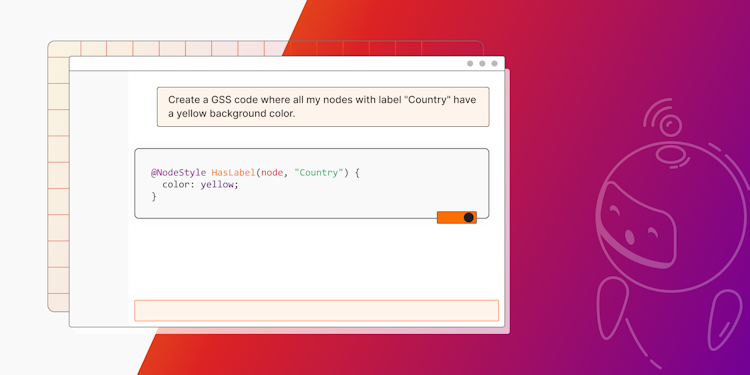
LLM Throws a Syntax Error Tantrum: Teaching AI to Craft Graph Style Scripts
How LLMs generate custom CSS-like GSS for dynamic graph visualization in Memgraph, training AI to create GSS.

How Microchip Uses Memgraph’s Knowledge Graphs to Optimize LLM Chatbots
Check out how Microchip uses Memgraph's graphs to enhance LLM chatbot accuracy and response quality in real-world use.
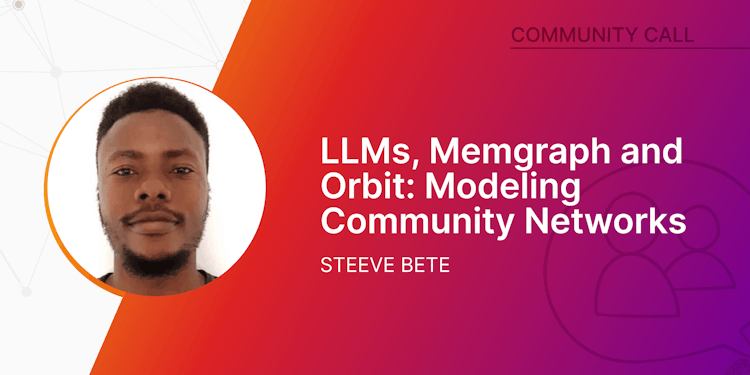
Using LLMs and Graph Database to Boost Community Engagement
Learn how LLMs and graph databases boost community engagement in our webinar with insights from Orbit's Steeve Bete.
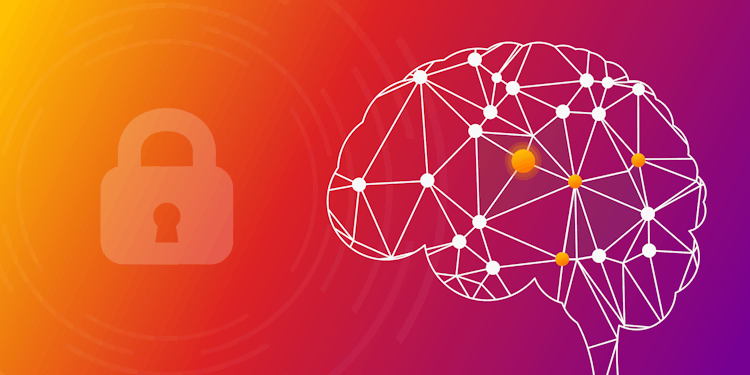
Using Graph Algorithms to Enhance Machine Learning for Cyber Threat Detection
Discover how University of West Florida researchers used Memgraph to enhance ML accuracy for detecting cyber threats.
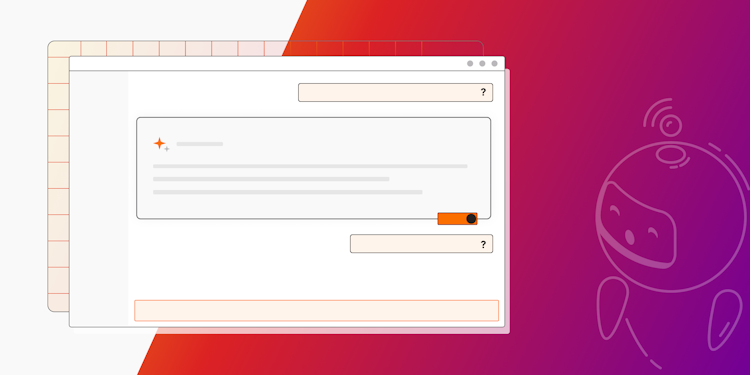
Natural Language Querying with Memgraph Lab
Enable natural language querying in Memgraph Lab with LangChain and LLMs, bridging Cypher expertise and AI-driven queries.
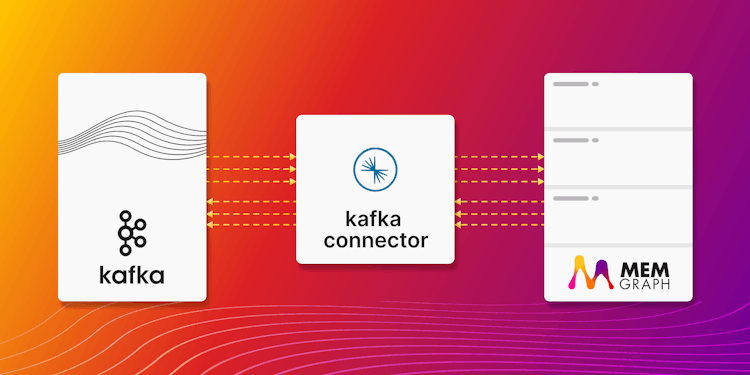
Integrating Confluent's Kafka Platform with Memgraph for Efficient Data Management
Integrate Confluent's Kafka with Memgraph for efficient data streaming and real-time IoT data analysis using Docker Compose.
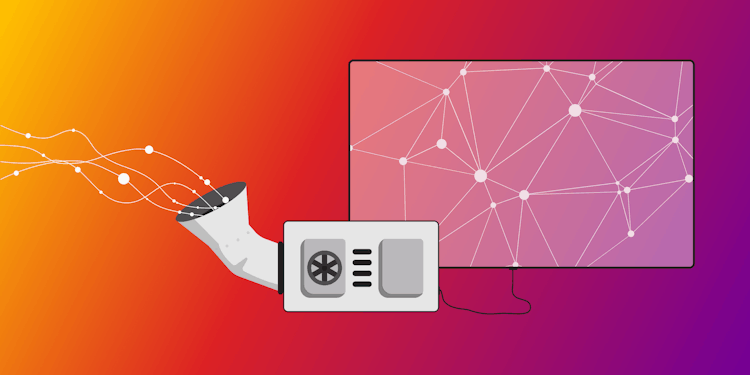
Optimizing Graph Databases through Denormalization
Learn how denormalization boosts query speed and data retrieval in graph databases with large, interconnected datasets.
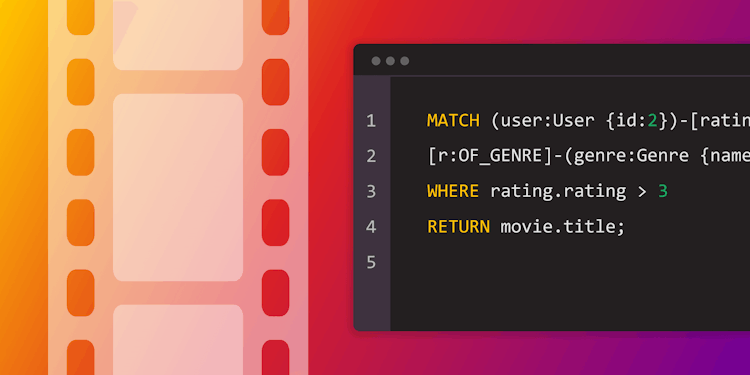
Writing Mutations and Complex Cypher Queries in Memgraph
Exploring how to write complex Cypher queries and mutations in Memgraph to effectively work with graph data
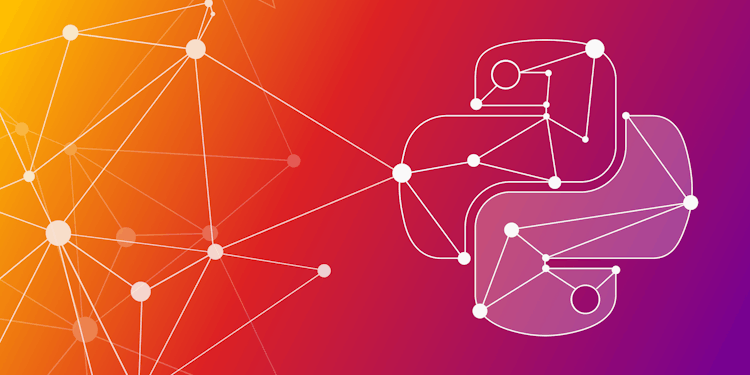
Graph Visualization in Python
Overview of few interesting visualization tools that can be used in Python and guide on how to implement and use them.
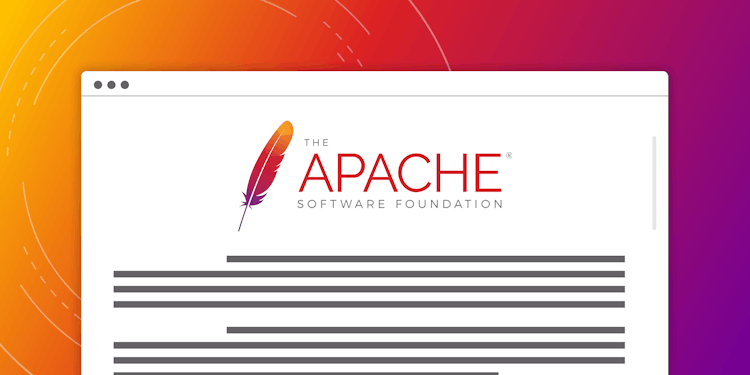
Apache License 2.0
Explore Apache License 2.0, a permissive open-source license offering flexibility, freedom, and patent protection for developers.
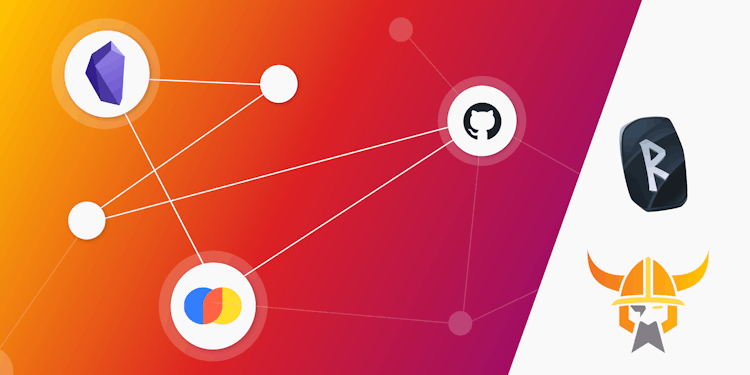
Building a Backend for ODIN and RUNE: How to Make a Knowledge Extraction Engine
In this blog post, our very own intern, Patrik, shares his experience creating a backing for a powerful knowledge extraction engine.
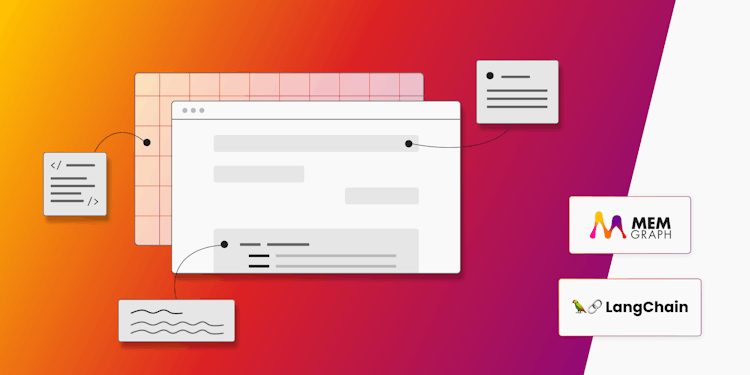
From Contribution to Impact: LangChain Docs and Memgraph's LLM Story
In this article, Oleksandr, one of Memgraph’s amazing interns, shares insights on open-source contribution and the story behind Memgraph and LangChain.
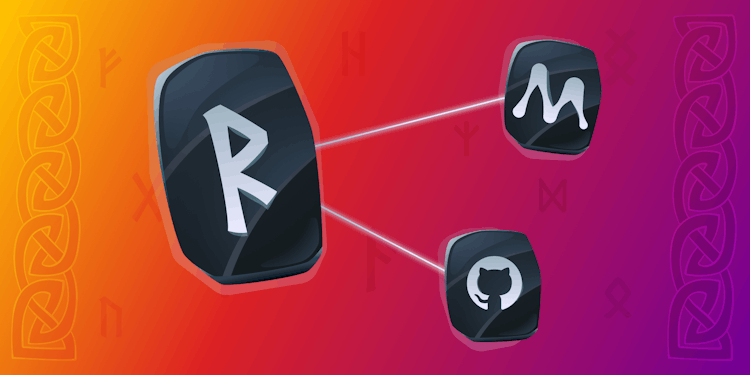
RUNE — Our Journey to Creating a GitHub LLM Analytics Tool: Intern’s Perspective
Learn about Oleksandr's perspective on creating a GitHub LLM analytics tool as part of Memgraph's intern program this summer.
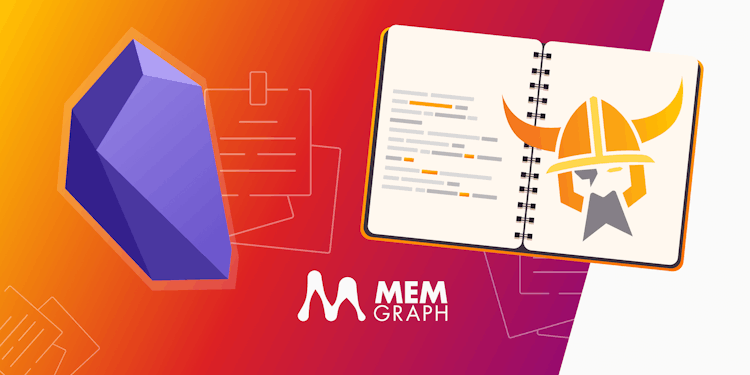
Obsidian Note-Taking with ODIN: Intern's Perspective
Explore how ODIN integrates Memgraph with Obsidian to transform note-taking into a dynamic knowledge graph for efficient data management.
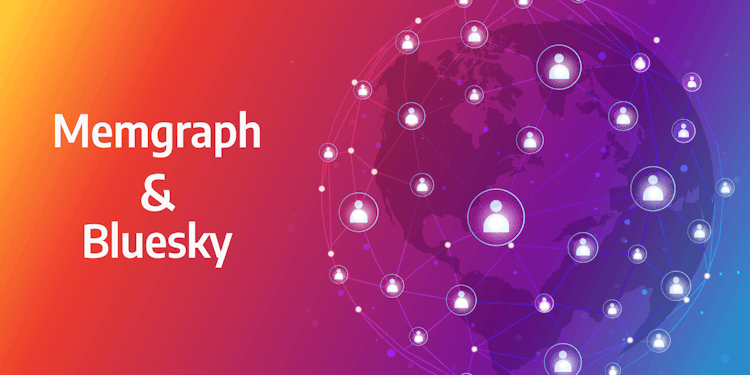
Real-Time Graph Visualization of Bluesky
Read on to learn more about a brand new real-time graph visualization of Bluesky, a new social network for microblogging.
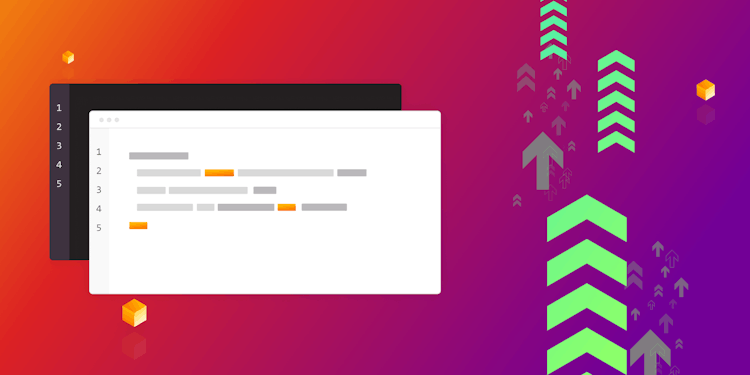
Improve Query Execution Performance
Enhance the speed of query execution with our detailed guide. Optimize your database performance and boost productivity.
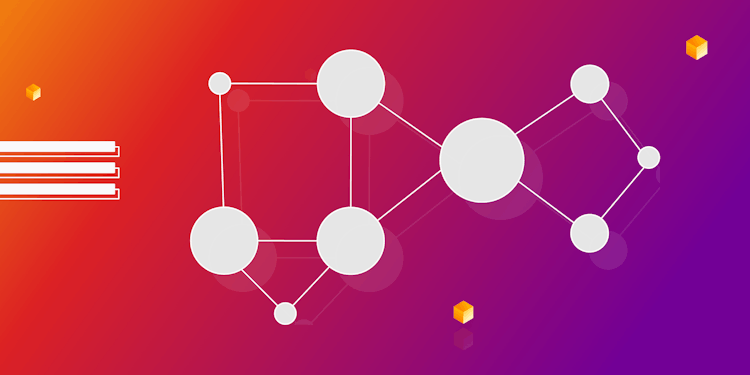
Betweenness Centrality and Other Essential Centrality Measures in Network Analysis
Explore centrality measures in network analysis, including betweenness centrality, to identify key nodes and optimize networks.
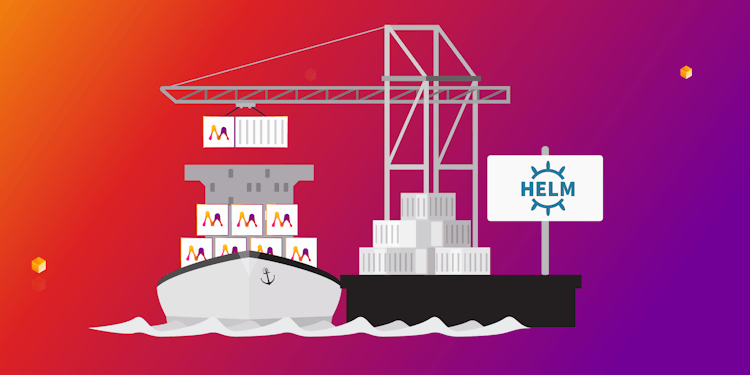
Memgraph Helm Chart Kubernetes
Explore the possibilities of Memgraph and Kubernetes with our latest Helm chart repository.
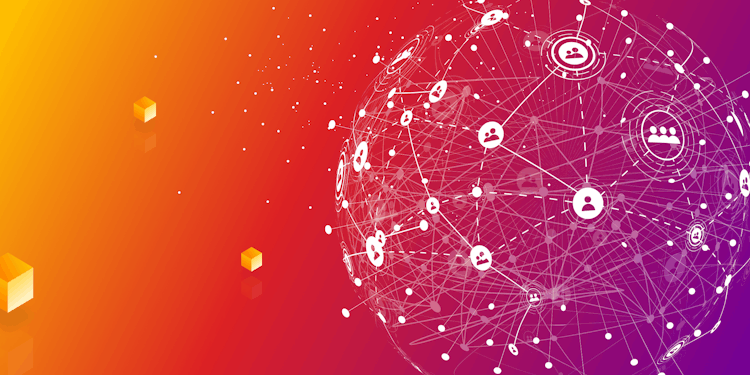
What is a Graph Database?
Discover the power of graph databases and their role in modern data management. Explore the definition, advantages, and applications of graph databases in this comprehensive article.
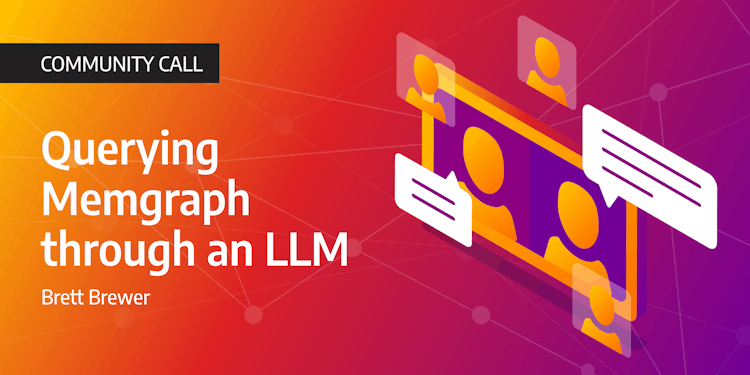
Memgraph Community Call: Querying Memgraph through an LLM
Memgraph is preparing new community call and this time with a special guest, Brett Brewer, who will talk about querying Memgraph through an LLM.
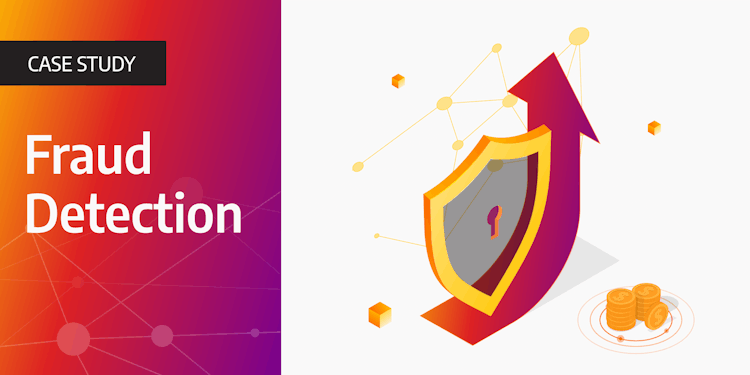
From Losses to Savings: How Memgraph Helped Company X Save 7 Figures through Fraud Detection
In this case study, you will learn how the collaboration between Memgraph and Company X yielded impressive results, including a 135% increase in detection efficiency and savings in the seven-figure range.
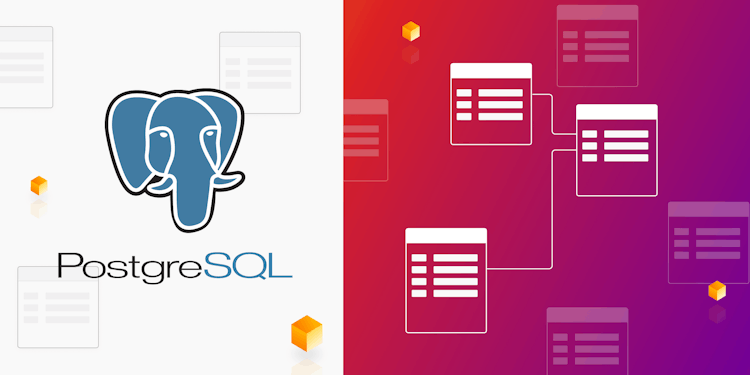
What is PostgreSQL Database?
PostgreSQL, also known as Postgres, is an open-source relational database management system with a strong reputation for reliability, feature robustness, and performance. It is known for its ability to handle a diverse range of workloads, but what sets it apart from other databases? Uncover the unique advantages of PostgreSQL, explore its core features, and see why it might be the right choice for your next project.
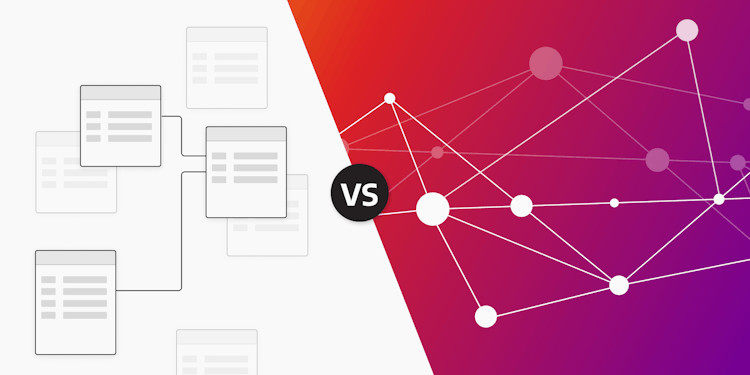
SQL vs NoSQL Databases
Explore the fundamental differences between SQL and NoSQL databases, get to know their features, advantages, and explore examples in this blog.
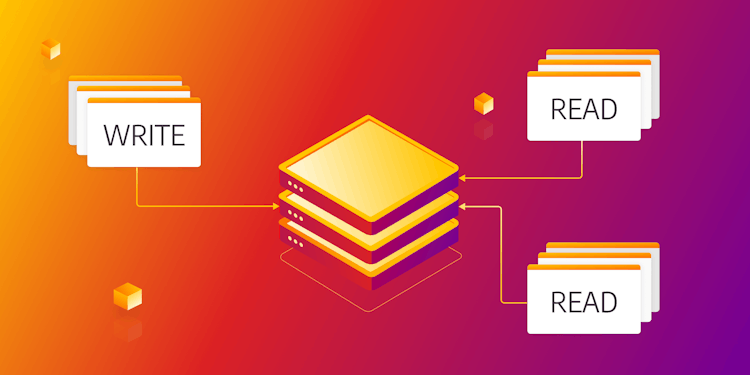
ACID Transactions: What’s the Meaning of Isolation Levels for Your Application
How databases ensure data consistency using ACID transactions and the impact of isolation levels on your application.
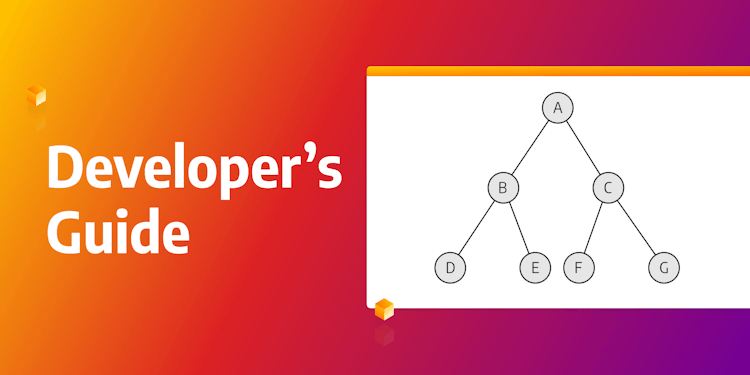
Graph Search Algorithms: Developer's Guide
Explore the foundations of graph search algorithms and learn how to leverage them effectively to unlock new possibilities for solving complex problems and advancing your development skills.
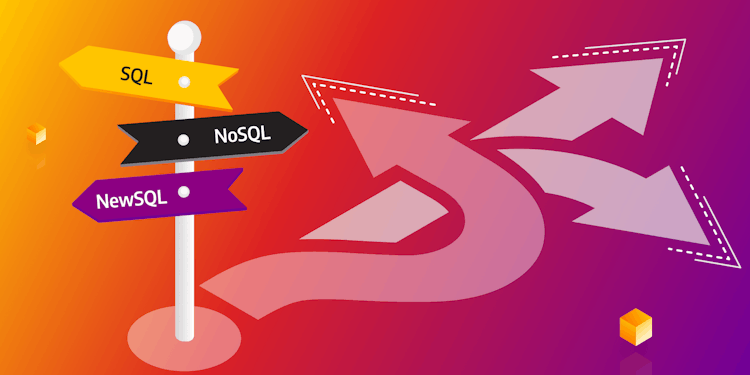
How to Choose a Database for Your Needs?
This article will guide you through all the factors to consider when choosing a database, providing insights into popular database models to help you make an informed decision.
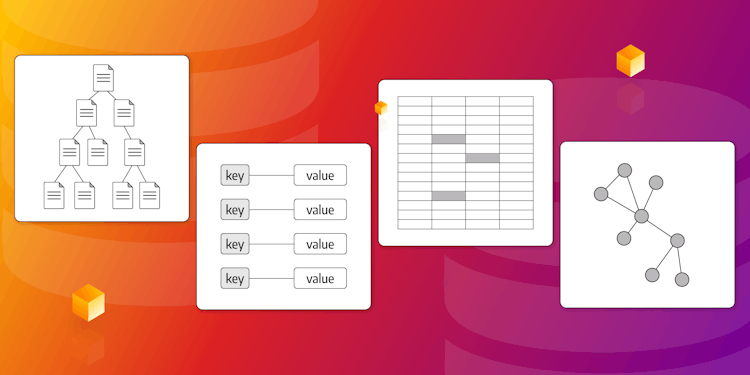
Types of NoSQL Databases: Deep Dive
This is the only deep dive you need to compare different types of NoSQL databases and explore their applications across various industries.
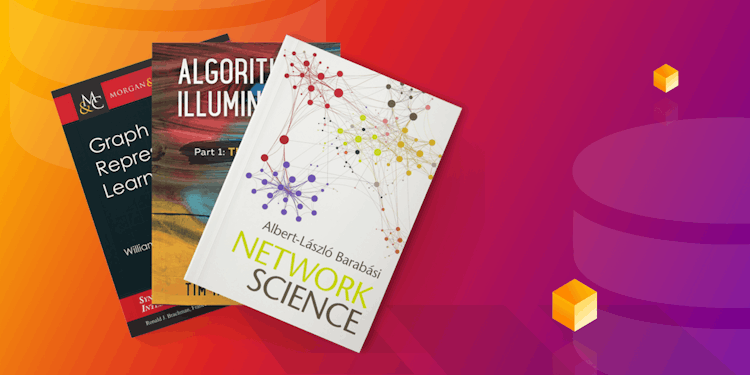
Top 7 Graph Algorithm Books You Should Know About
How to find credible sources to help you learn more about graphs and apply them to your use case? Save these 7 graph algorithm books and e-resources in the bonus section.
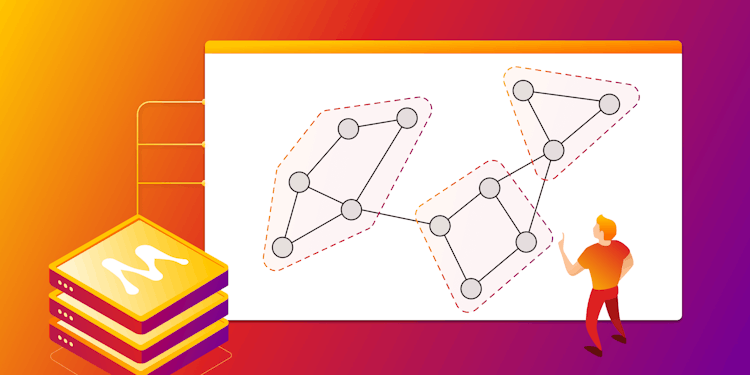
Graph Clustering Algorithms: Usage and Comparison
From social networks and biological systems to recommendation engines, graph clustering algorithms enable data scientists to gain insights and make informed decisions that create value.
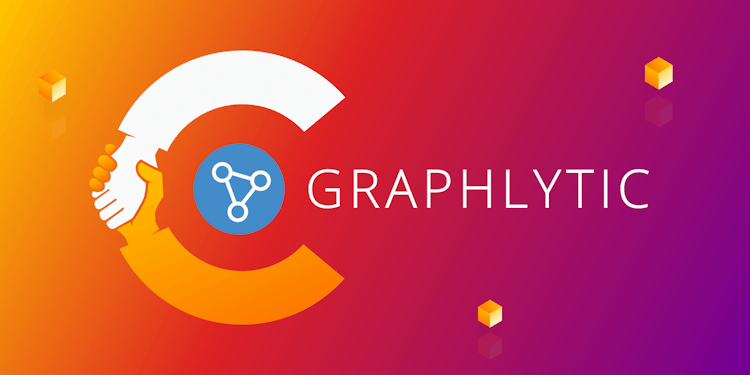
Memgraph and Graphlytic Joined Forces to Offer Real-Time Visualization
Graphlytic has introduced support for Memgraph DB and Memgraph Cloud which enables seamless connectivity between your Memgraph instance and any Graphlytic installation.
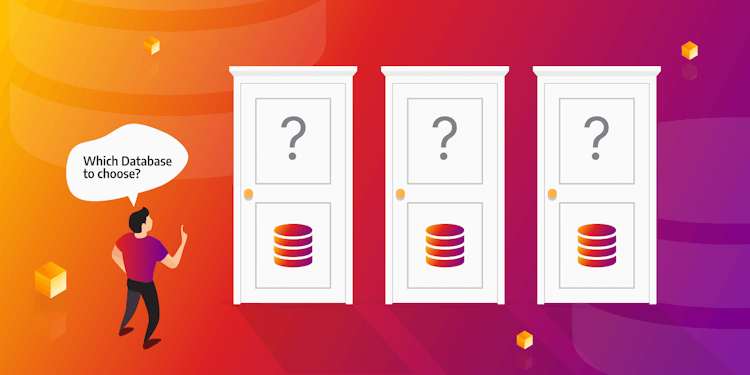
DB-Engines Ranking: Top Graph Databases You Should Use
Choose wisely! The right graph database can make or break your project. Discover how DB-Engines rescues developers from regretful decisions.
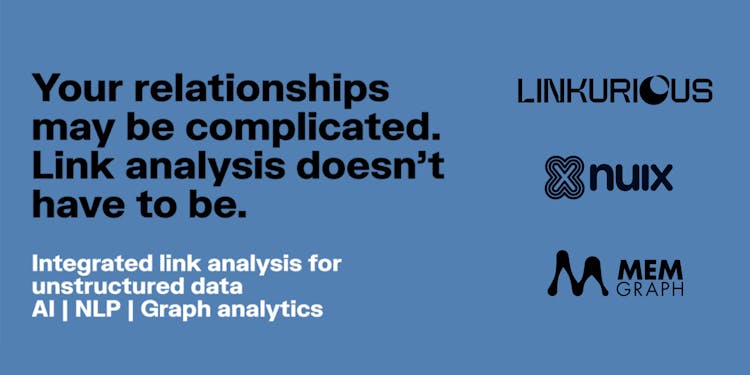
Nuix and Linkurious join Memgraph on the Gartner Data & Analytics Summit!
Meet the three companies at the Summit and dive into the Integrated Link Analysis for unstructured data powered by AI, NLP and Graph Analytics.
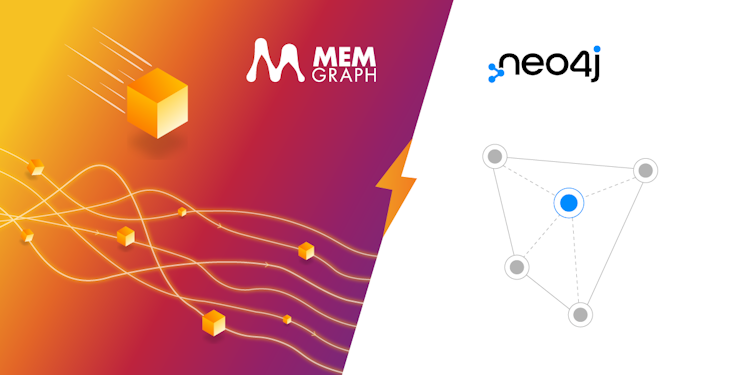
Neo4j vs Memgraph - How to Choose a Graph Database?
In this article, we will compare two leading graph databases, Memgraph and Neo4j graph database, to help you choose the best platform for your needs.
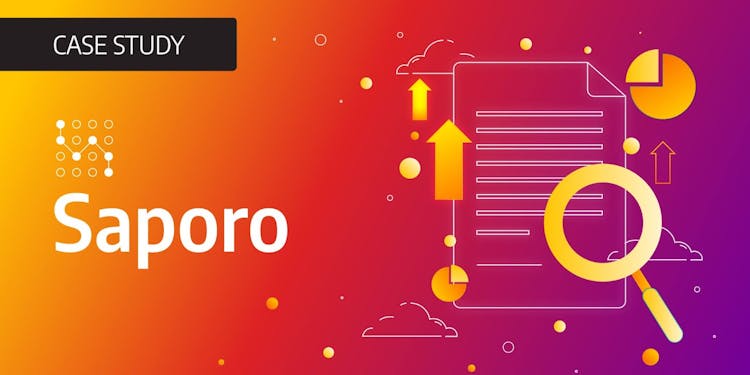
Boosting Cybersecurity Defenses with Graph Technology
Improve cybersecurity with Saporo and Memgraph, achieving 10x faster performance and 2x quicker migration for attack surface management.
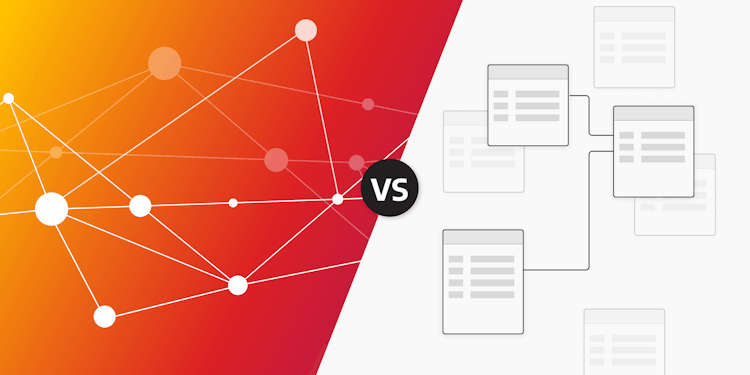
Graph Database vs Relational Database
Discover the differences between relational and graph databases, their respective characteristics, features, and applications. This article also delves into Cypher and SQL query languages, various data modeling techniques, and differences in performance.
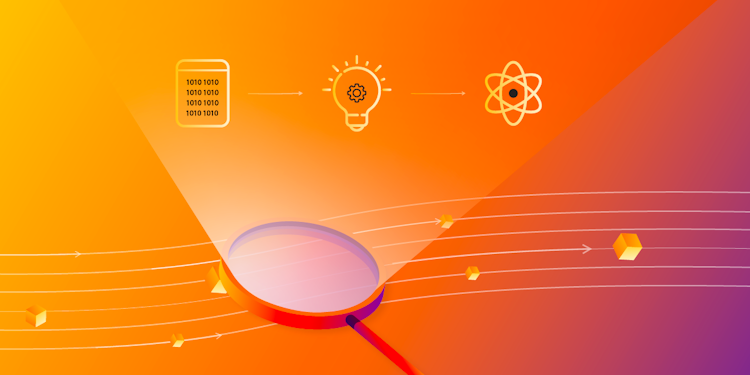
Introduction to Streaming Databases
A streaming database is a real-time data repository specifically designed to store, accumulate, process and enhance a data stream.
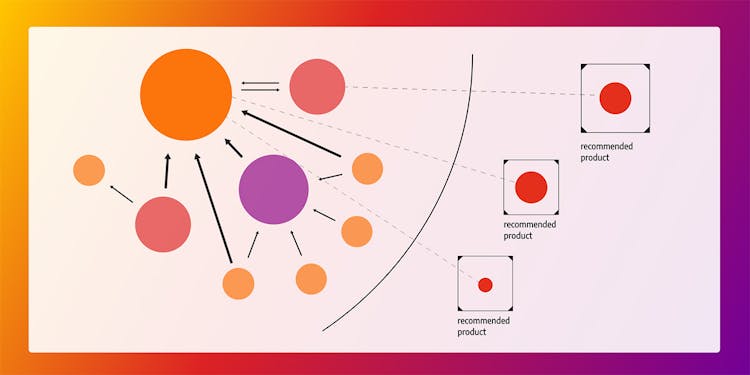
Five Recommendation Algorithms No Recommendation Engine Is Whole Without
How many recommendation algorithms do you need for a successful recommendation engine? Start with these five and we'll recommend you more!
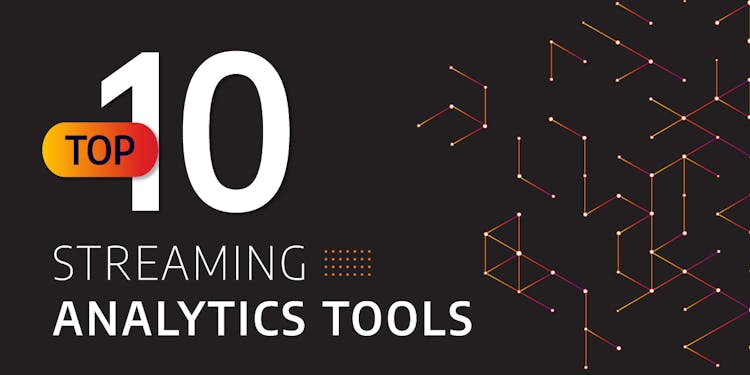
Top 10 Streaming Analytics Tools
Learn how to pick the best streaming analytics tool for your use case
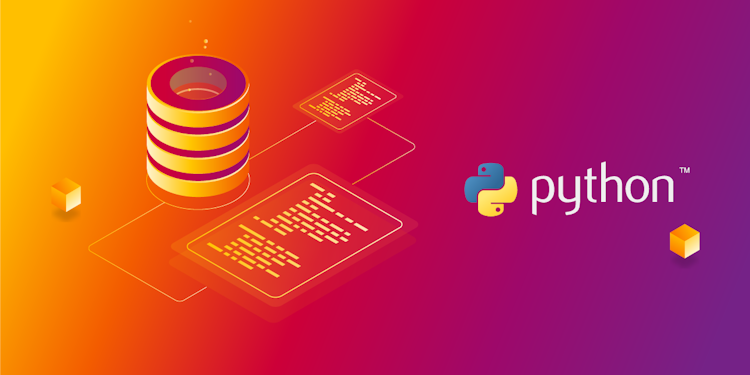
In-Memory Databases That Work Great With Python
An in-memory database is a database that is kept in the main memory (RAM) of a computer and controlled by an in-memory database management system. When analyzing information in an in-memory database, only the RAM is used.
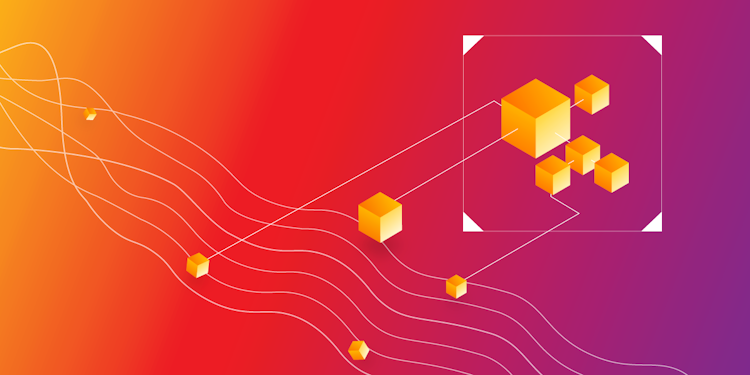
What Is Real-Time Graph Analytics?
Real-time graph analytics combines streaming data technology, graph databases, and graph algorithms to tackle problems not suited for relational databases and batch processing.
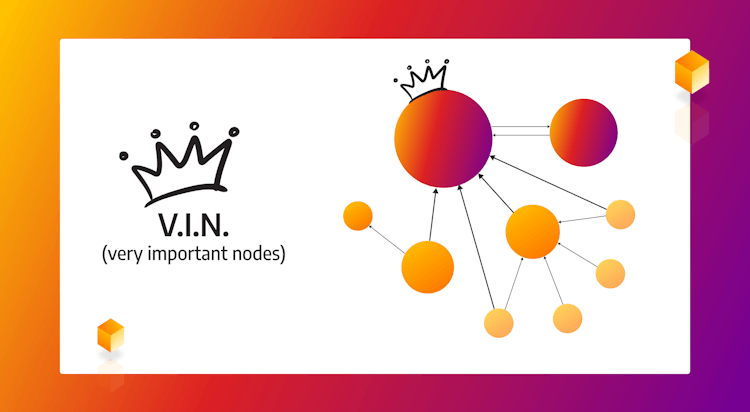
PageRank Algorithm for Graph Databases
What is PageRank algorithm? How can it be used in various graph database use cases? How to use it in Memgraph? If these questions are keeping you up at night, here is a blog post that will finally put your mind at ease.
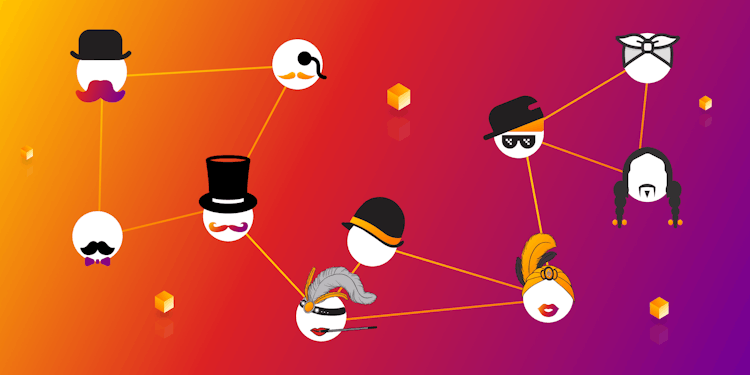
Identify Patterns and Anomalies With Community Detection Graph Algorithm
Get valuable insights into the world of community detection algorithms and their various applications in solving real-world problems in a wide range of use cases. By exploring the underlying structure of networks, patterns and anomalies, community detection algorithms can help you improve the efficiency and effectiveness of your systems and processes
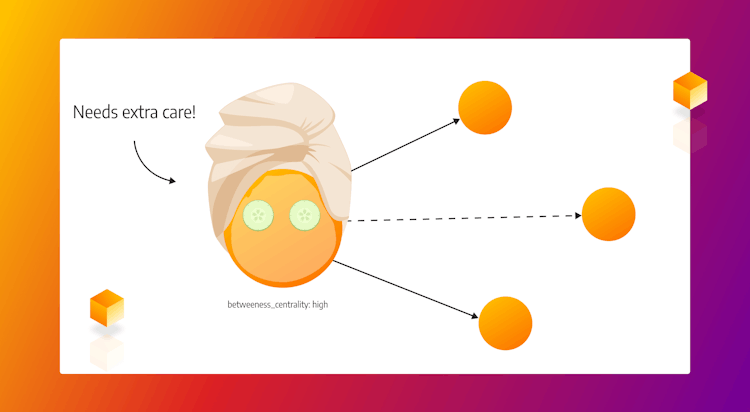
Why Are Nodes With a High Betweenness Centrality Score High Maintenance
Betweenness centrality is one of many measures you can get from performing a centrality analysis of your data. It identifies important entities in your network that are actually a vulnerability and can bring your processes to a standstill. Dive deeper into this important metric and how it can be used in various use cases.
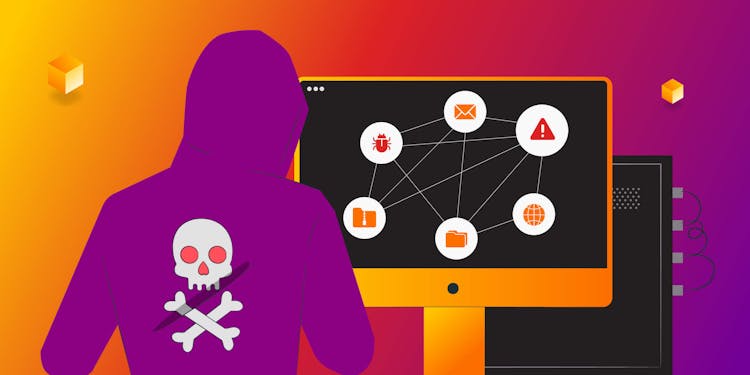
Stay Ahead of Cyber Threats with Graph Databases
With the rising number of cyber-attacks followed by the massive digitalization of companies, the right tool is needed to maximize performance and prevent further attacks from happening. We explain why graph databases offer a perfect choice in cybersecurity use cases and why they make your business more secure.
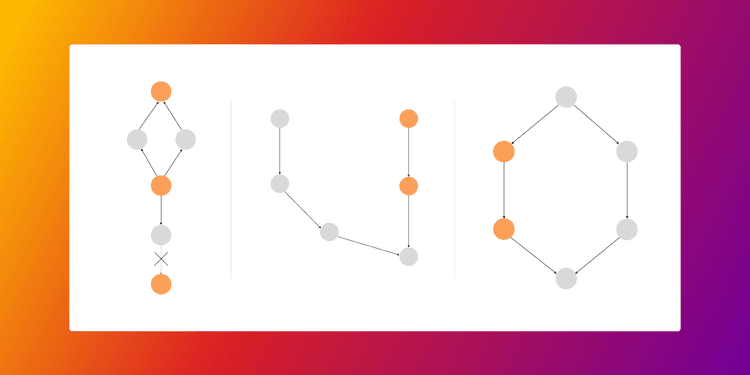
3 Powerful Queries to Find Patterns in Your Knowledge Graph You Haven’t Noticed Before
Learn how knowledge graphs and pattern matching in Memgraph can uncover hidden insights, optimize data, and detect fraud.
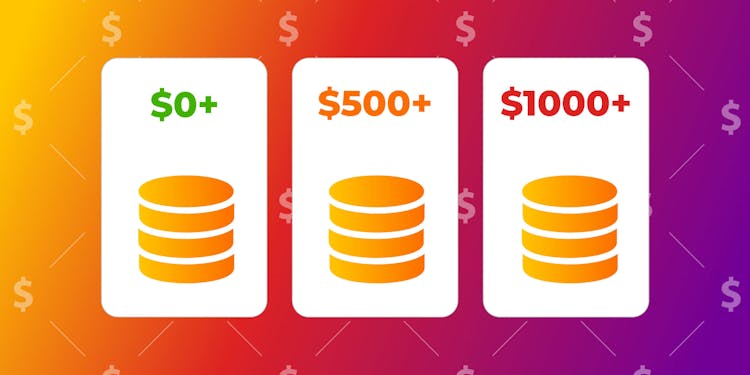
How Much Money Will You Spend on Hosting a Database
Little by little, the hosting cost of a graph database can turn out to be quite substantial. Hosting costs are highly correlated with how much resources a database uses, which is not as straightforward as you might think. Find out how expensive it is to host Memgraph and Neo4j instances and why.
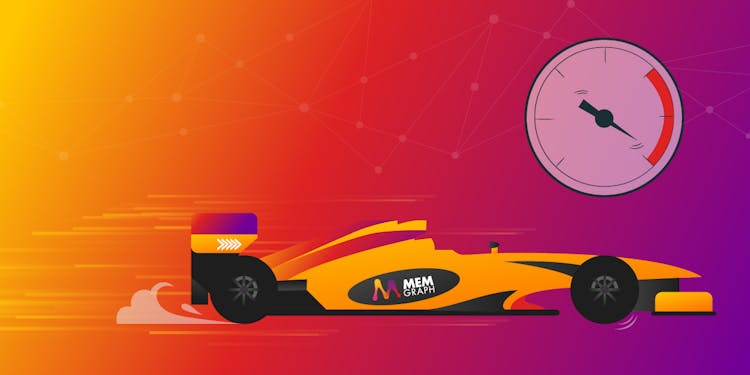
How to Choose a Graph Database for Your Real-Time Application
Building real-time analytical applications require capable infrastructure. Picking the right software infrastructure components can take time and effort. When it comes to graph databases, find out why Memgraph is a fast and powerful real-time graph database.
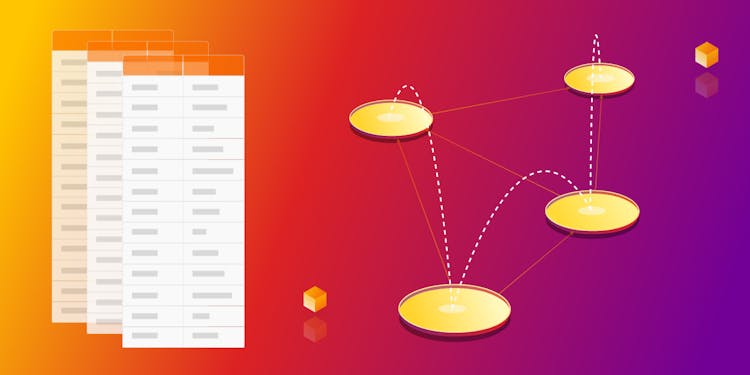
4 Reasons Why Graph Tech Is Great for Knowledge Graphs
Use graph databases to unify dispersed data, enhance real-time analysis, and scale efficiently with dynamic algorithms.
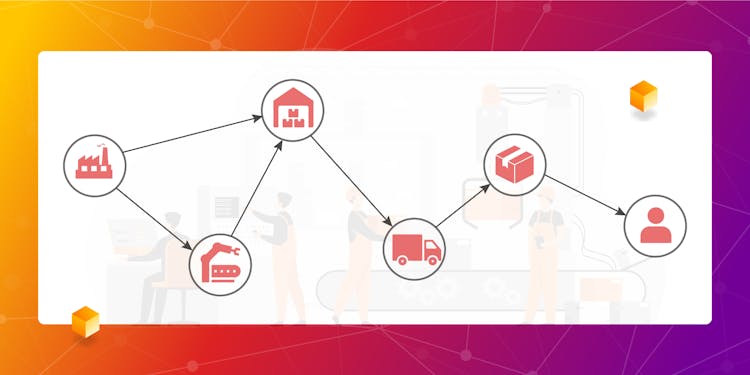
Graphs Databases Are the Future for Network Resource Optimization
Although networks are an easy concepts to understand, they are poorly managed in many various industries. Learn how graphs can help scale your network topologies and draw conclusions crucial for your business
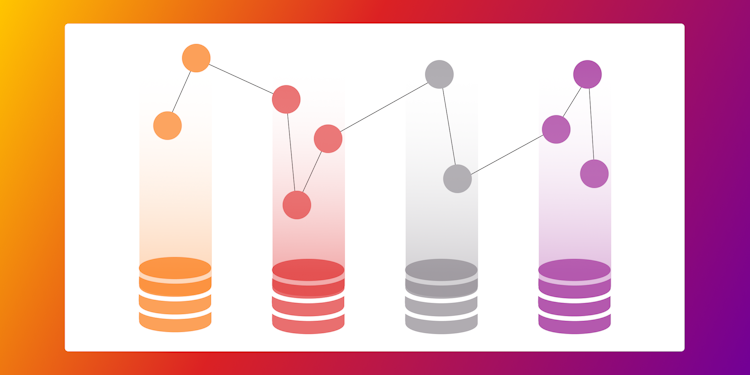
Inferring Knowledge From Unused Siloed Stores Using Graphs
A lot of companies today have massive amounts of siloed data just sitting there and not being used. No information or knowledge was gained, and no conclusions were made. For the data to be useful, it needs to be interconnected and shaped into a knowledge graph that will produce value for the company. Read how graphs can help!
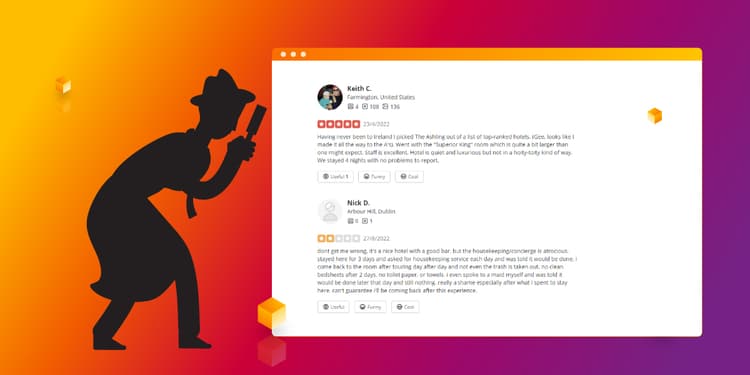
Become an Inspector for a Day and Detect Fraudsters With Graph ML on Memgraph!
How Graph Machine Learning and Memgraph can solve fraud detection using Node Classification on real datasets.
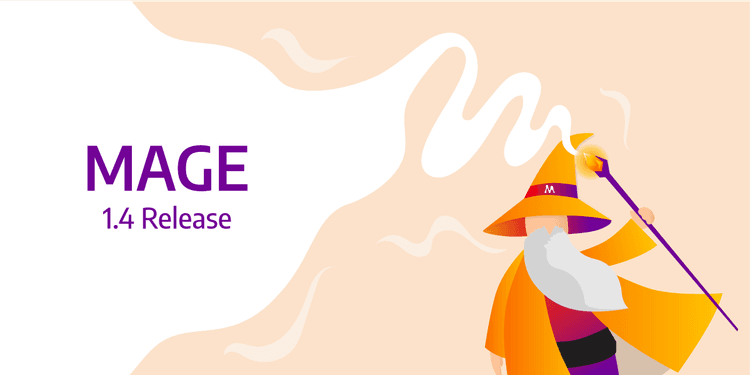
Run Link Prediction or Node Classification Algorithms and Write Custom Procedures in C++ With Mage 1.4
The new version of Memgraph’s open-source graph extension library, MAGE, now supports node classification and link prediction algorithms. Install the new version of MAGE if you would like to write custom algorithms faster by using the C++ API, need the igraph algorithms or k-means clustering.
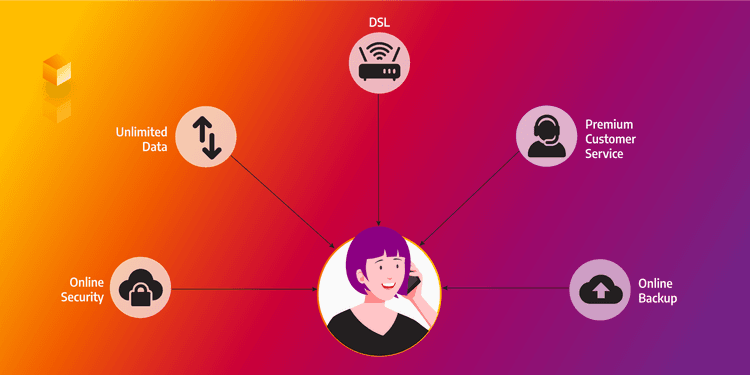
A Hyperparametrization Is All You Need - Building a Recommendation System for Telecommunication Packages Using Graph Neural Networks
Explore GNNs, build a link prediction module, and create a recommendation system using Memgraph's MAGE library.

Why You Should Automate Mapping Data Lineage With Streams
Data lineage helps you make informed decisions that reduce costs, streamline operations and power innovation. Discover how stream tech helps with automatically mapping data lineage, and learn how Memgraph integrates with event streaming platforms.
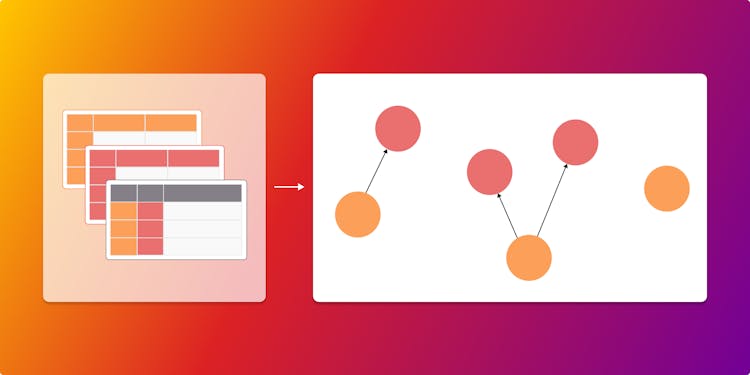
How to Model Insurance Data as a Graph
Find out how to organize data into a graph. Model vehicle insurance claims, incidents, policies and more while preserving the interconnected nature of individual insurance cases.
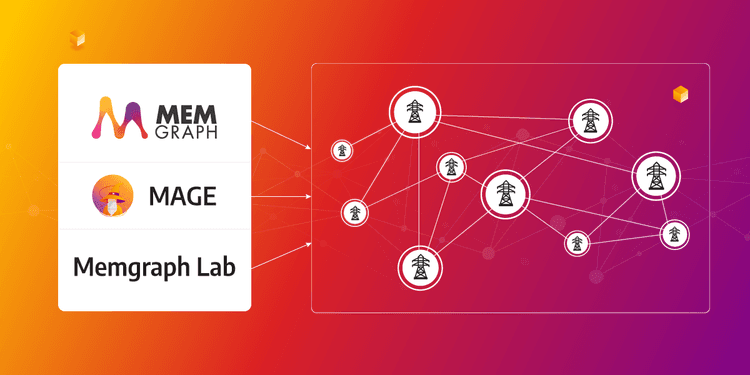
Most Common Problems in Energy Management Systems Solved With Graph Analytics
For every problem in the energy management system, there is a graph algorithm that can point you in the right direction! Here is an overview of the most useful graph algorithms for highlighting weak links, high-risk nodes and many more.
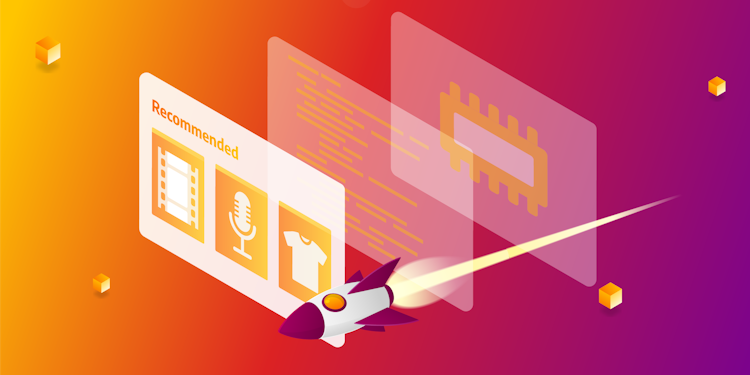
Recommendation Engines Faster Than Ever With Memgraph
It’s true every recommendation engine requires a performant database to analyze the data and provide the recommendation, but why exactly does Memgraph stand out? Easy - C++, in-memory, real-time analytics! Three things to change the recommendation game.
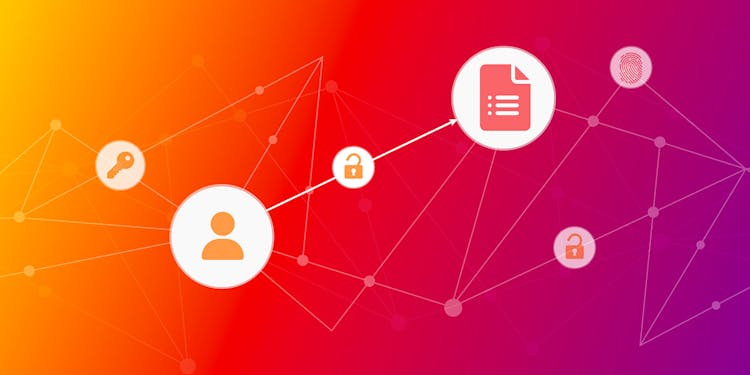
Benefits Graph Databases Bring to Identity and Access Management
Improve IAM with graph databases for faster data traversal, dynamic vulnerability analysis, and scalable, flexible access management.
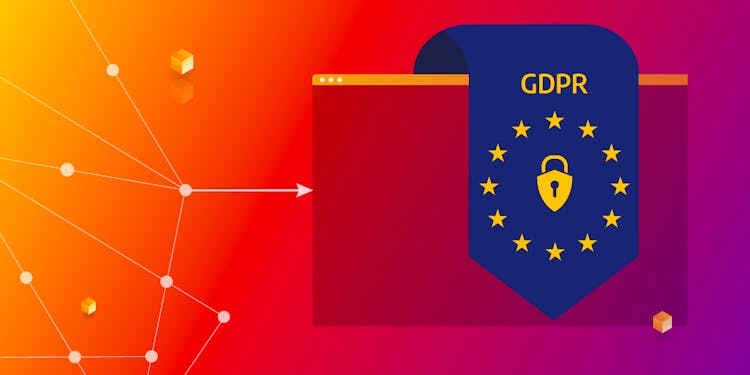
The Easiest Path to GDPR Compliance for Enterprises is the Graph Path
The GDPR has placed high demands on organizations doing business in the European Union, mainly focused on how personal data is collected and processed. However, this does not mean it can’t be business as usual again. Find out why graph databases are the best way to achieve GDPR compliance and how they get it done.
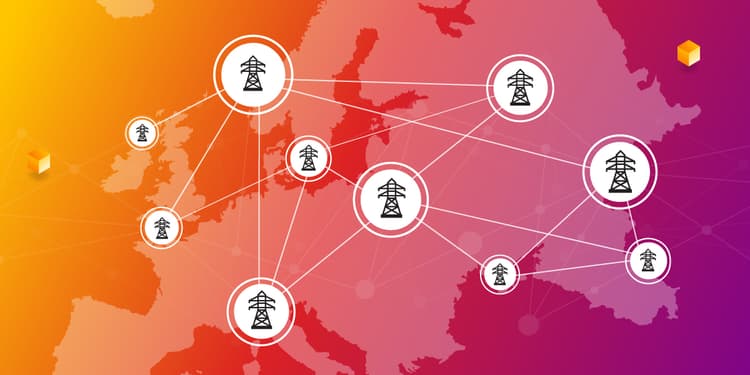
How Can Companies Meet Energy Management Demands in the New Era - A Graph Approach
With power being the most powerful asset, it’s still managed by inadequate tools and systems based on tabular data. Good for aggregations and mathematical operations but terrible for actually managing large-scale, highly connected dynamic systems. Luckily, graphs can regain control over energy systems and topologies, and help save millions.
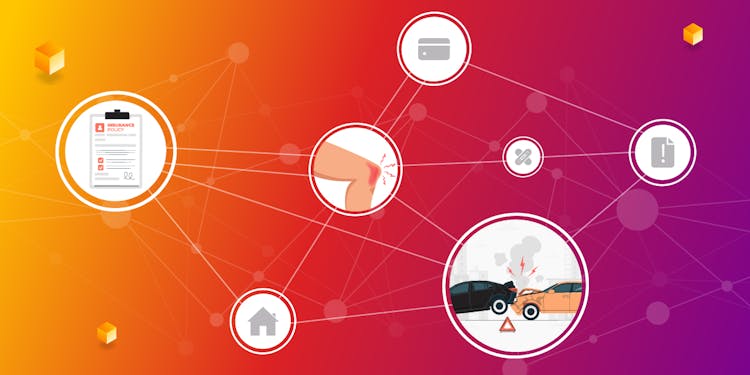
Three Reasons How Graph Databases Can Enhance the Insurance Industry
If your data is trapped inside tables and you can’t seem to get satisfying answers to questions that would enhance your business, it’s time to switch to graph databases. Here are three main reasons why!
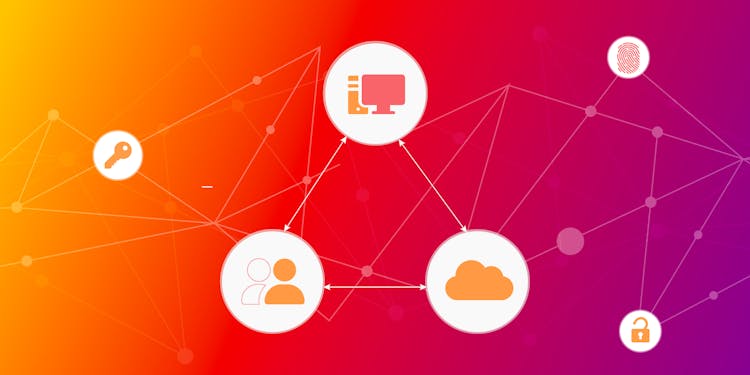
How Graphs Solve Two Biggest Problems of Traditional IAM Systems
The world has changed a lot in the past couple of years, and it’s no different for business organizations. More and more businesses no longer have strict hierarchical organizations and people often change teams and projects they work on and resources they need. It is no wonder that if the IAM systems also don’t change, they will no longer be helpful in supporting the organization. Switching to graphs presents a change the IAM systems desperately need.
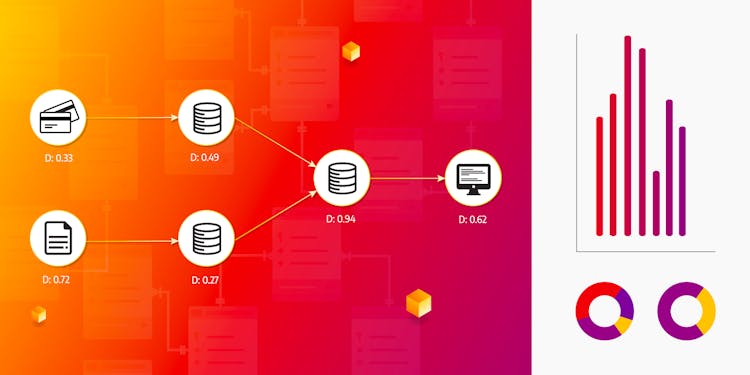
Better Data Management: Get Solutions by Analyzing the Data Lineage Graph
Optimize your data infrastructure with Memgraph's dynamic graph analytics, ensuring reliable, scalable data lineage management.
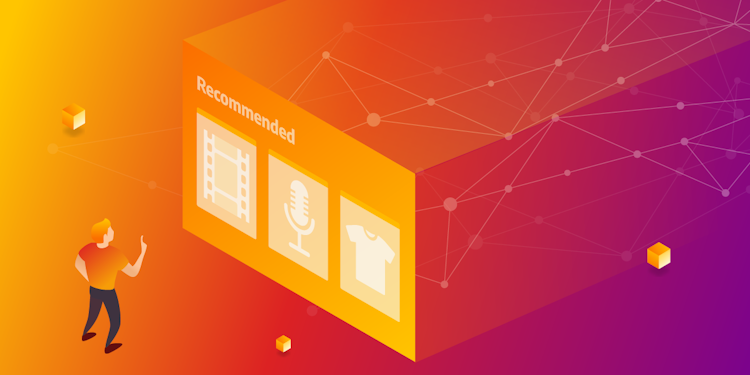
Why Are SQL Databases Outdated for the Real-Time Recommendation Engines
If a recommendation engine built on relational databases is falling a part due to the bottlenecks made by complex JOINs and never-ending schema changes, there is only one permanent and game changing solution - graph databases.
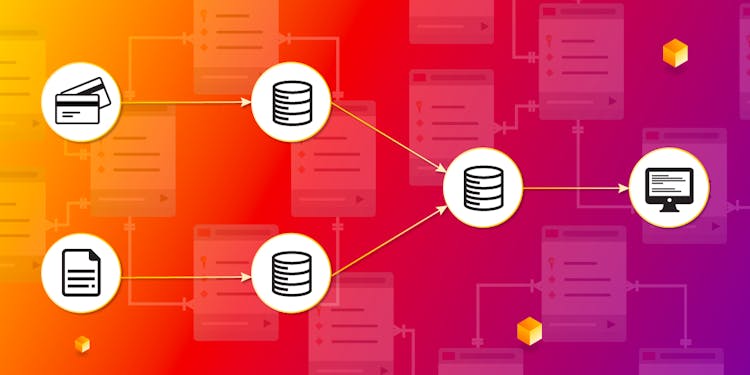
Join the Dots: Data Lineage Is a Graph Problem. Here’s Why!
Complex JOINs necessary for tracking data lineage with relational DBs drag down the speed of analyzing and visualizing the lineage and pinpointing issues and solutions. That is why graph technology is perfect to model and manage data lineage! Not convinced? Read the post to find out more.
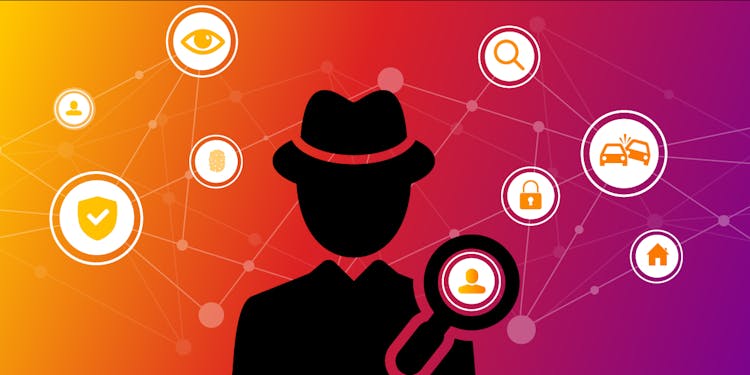
Why Should You Combine Machine Learning and Graph Tech to Build Your Fraud Detection System?
Sometimes choosing graphs solutions isn’t the only step you can take to mitigate risks. In case fraudsters foolishly think they can outsmart an analytics team, they probably haven’t come across their new best friend - fraud detection systems enhanced with machine learning models.
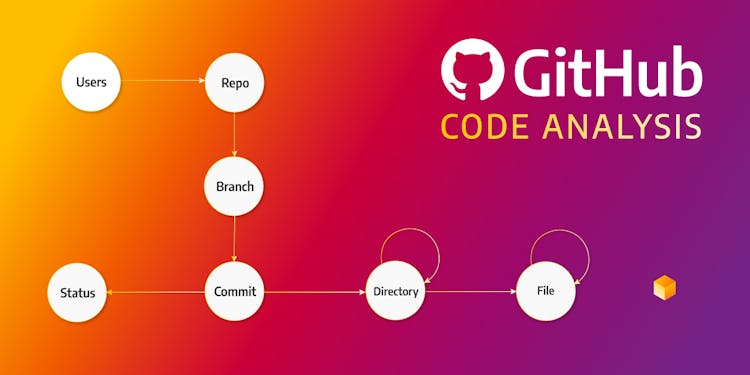
Modeling the Data: A Key Step in Using a Graph Database
Did you ever fall down some bottomless pit of bad data modeling? Our inter Adrian sure did, but he learned a lot from it - how to recognize the pitfalls and how to avoid them in the future! Hope his experience helps you… but let’s be honest, we never really learn from other people’s mistakes, so if you fall be sure to yell for help!
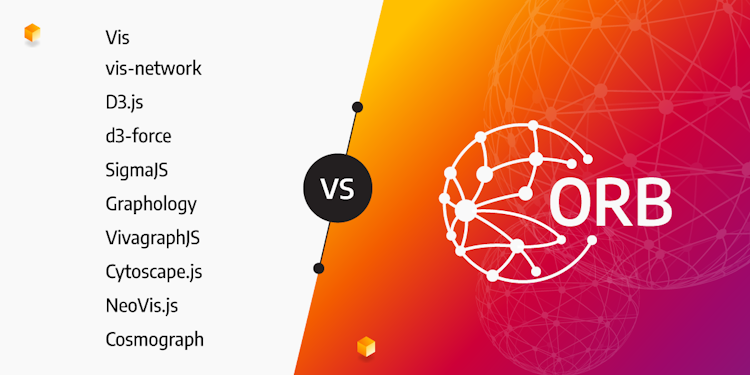
You Want a Fast, Easy-To-Use, and Popular Graph Visualization Tool? Pick Two!
You can't always get what you want, but if you try sometimes, well, you might find, you get what you need. We took The Rolling Stones' advice and tried really hard to find the visualization tool that we need... It didn't really turn out as we wanted, or needed, but at least we had fun testing some software.
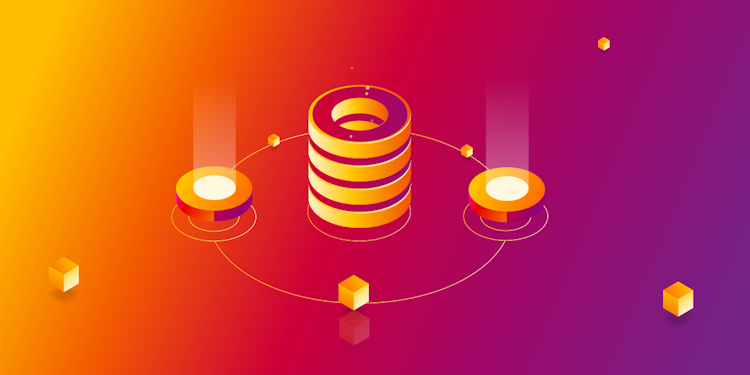
Using In-Memory Databases in Data Science
In-memory databases primarily rely on RAM storage instead of using hard or external disks for memory storage. Let’s take a look at how in-memory databases work along with some use cases in data science.
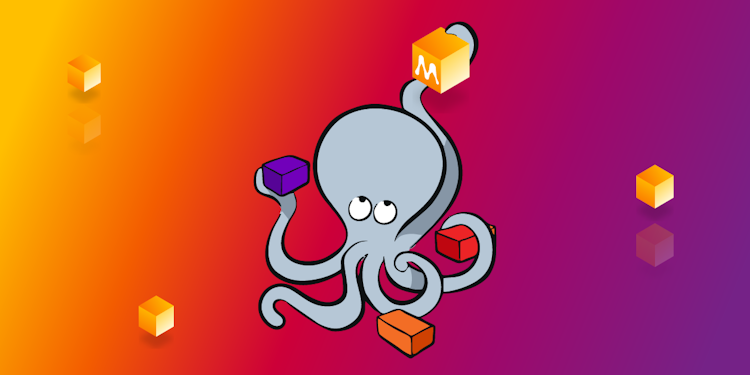
How to Orchestrate Your Graph Application With Docker Compose
Learn what is Docker Compose and how it can help you in the application development process.
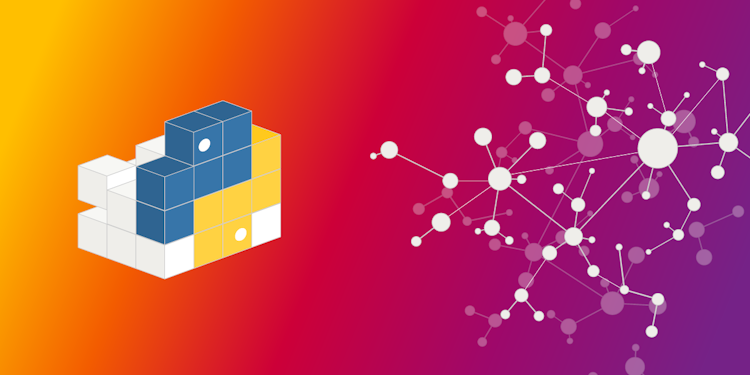
Best Python Packages (Tools) For Knowledge Graphs
Top Python libraries for building and optimizing Knowledge Graphs, including Pykg2vec, PyKEEN, AmpliGraph connectivity.
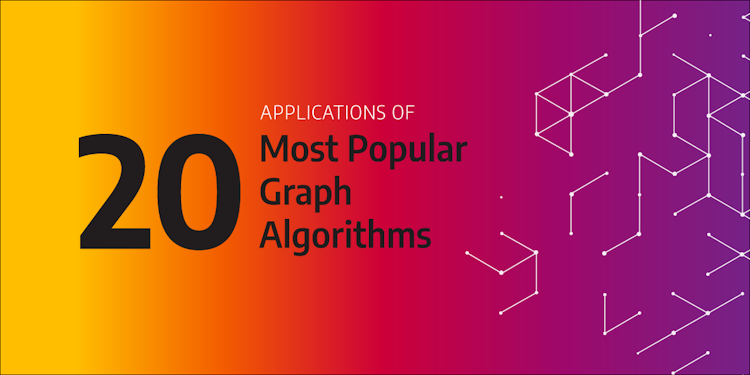
Applications of the 20 Most Popular Graph Algorithms
This article will explore 20 of the most common graph algorithms and various ways to use them in real-life scenarios.
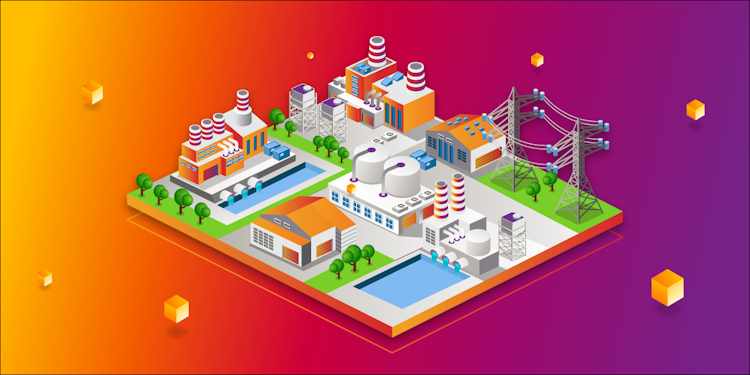
Graph Use Cases in Chemical Industry
Real-time process optimization and supply chain scheduling are just some of the use cases for graph technology in the chemical industry. Read more about graph use cases in the production of industrial chemicals and how Memgraph helps.
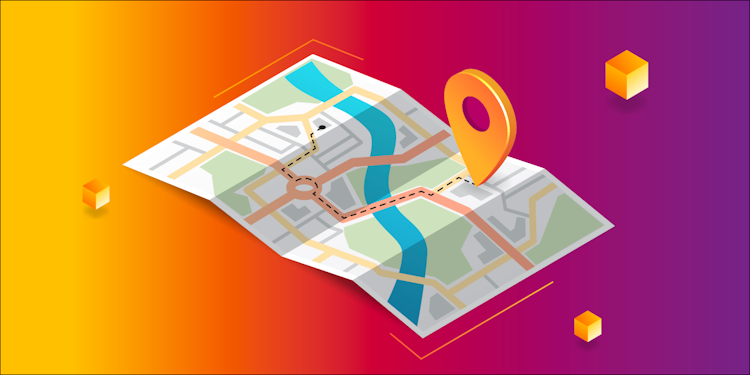
Use-Cases of the Shortest Path Algorithm
In today’s era of highly developed information systems, one of the key tasks is to seek out the shortest path in the network – from the beginning point to the endpoint.
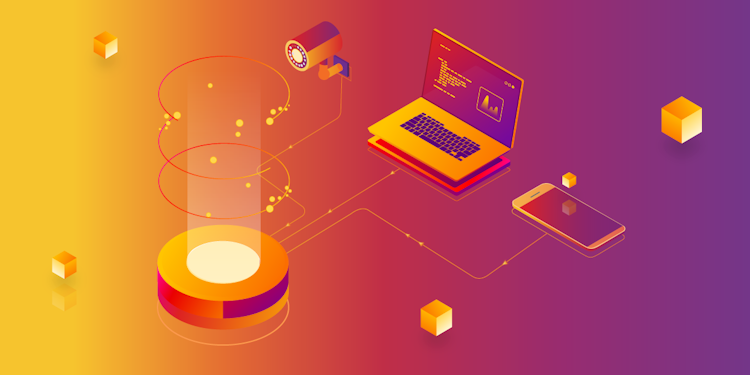
Best Databases for Streaming Analytics
Choose the best streaming database for real-time analytics: Amazon Kinesis, Memgraph, Apache Storm, Apache Kafka, or StreamSQL.
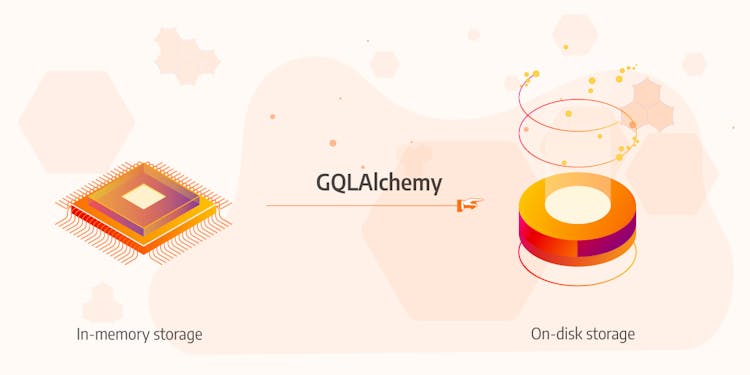
Using on Disk Storage With an In-Memory Graph Database
Choose to store python objects partially into an in-memory Graph Database and into an SQLite database on disk.
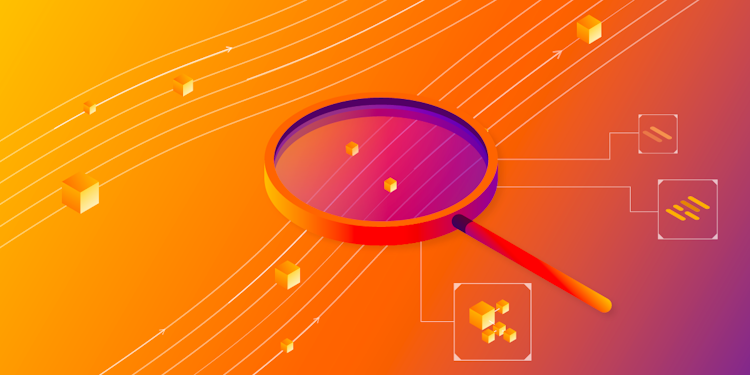
Guide to Real-Time Analytics
Learn more about the benefits of real-time analytics and how they allow you to get key insights almost instantaneously.
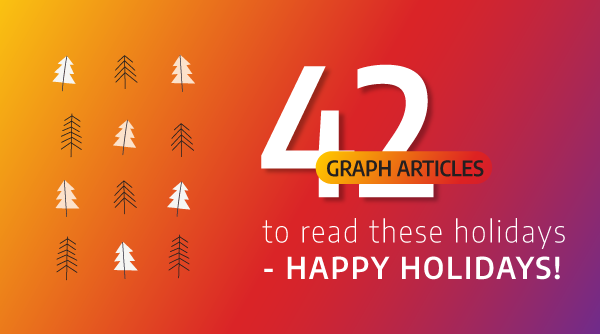
42 Graph Articles to Read on 2021 Holidays
Explore graph-related articles on algorithms, streaming data, and applications—perfect for holiday reading and learning.
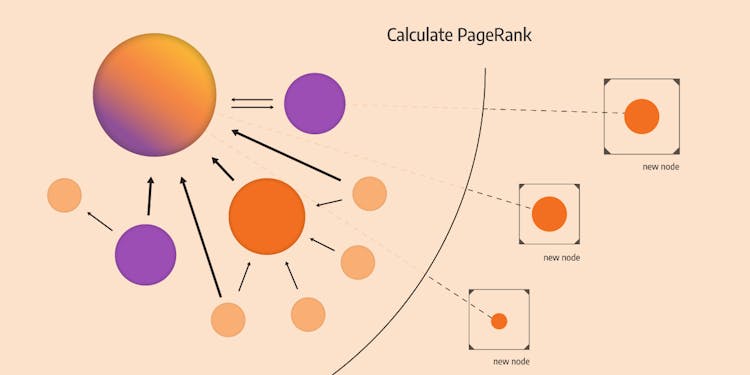
Dynamic PageRank on Streaming Data
Learn the theory behind how to deal with streaming graph data by using Dynamic PageRank
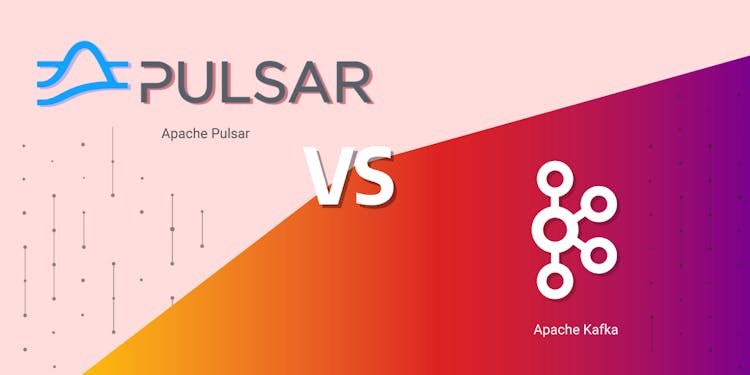
Apache Pulsar vs Apache Kafka - How to Choose a Data Streaming Platform
A basic overview of the architecture and features offered by Apache Pulsar and Apache Kafka
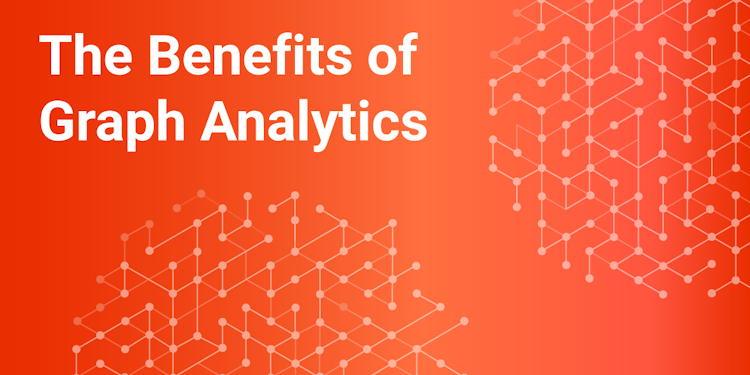
The Benefits of Graph Analytics - How Various Industries Can Utilize Network Analysis
Network analysis is rapidly gaining popularity throughout different industries. Find out why!
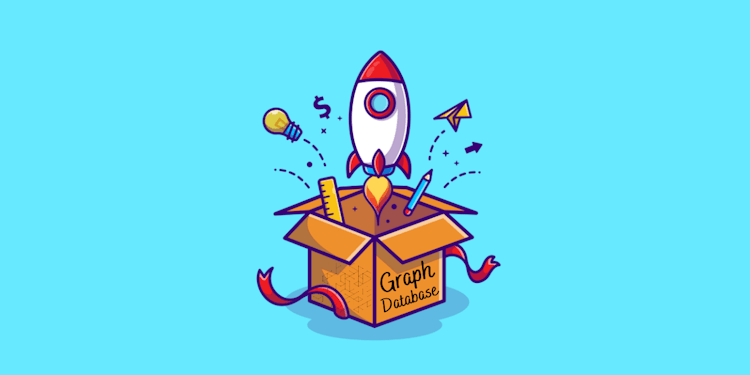
The Benefits of Using a Graph Database Instead of SQL
Learn about the benefits of using a graph database instead of SQL in terms of data modeling, querying, and development speed and flexibility.
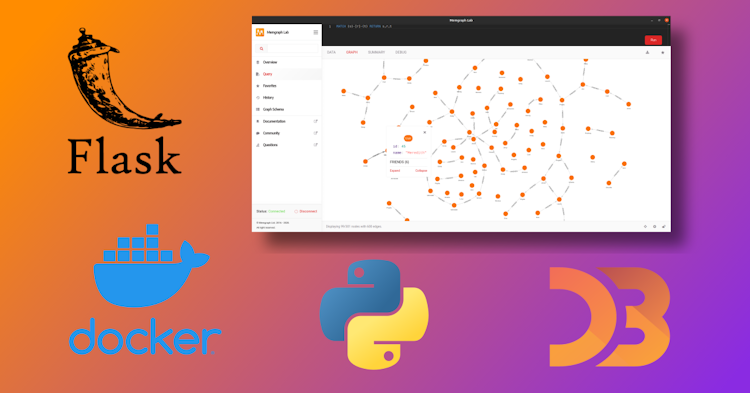
How to Visualize a Social Network in Python with a Graph Database: Flask + Docker + D3.js
How to build a Python web application for visualizing a Social Network Graph in Python with Docker, Flask and D3.js

Why Your Business Should Use a Graph Database
Learn how graph databases can offer powerful data modeling and analysis capabilities your business can leverage to easily model real-world complex systems and answer challenging questions.
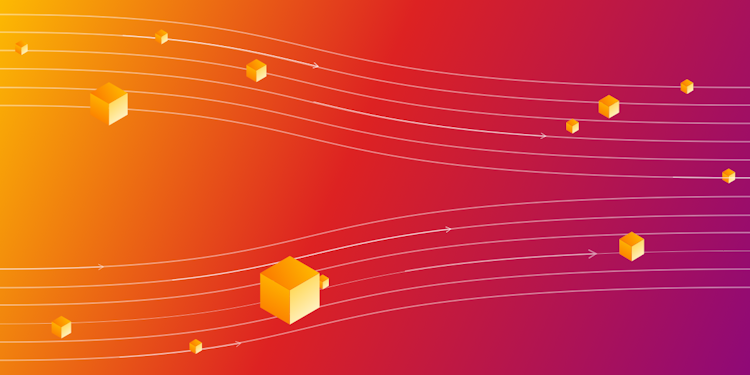
Introduction to Real-Time Data
Learn about the differences between static and dynamic data, real-time data sources and ways of analyzing streaming data
